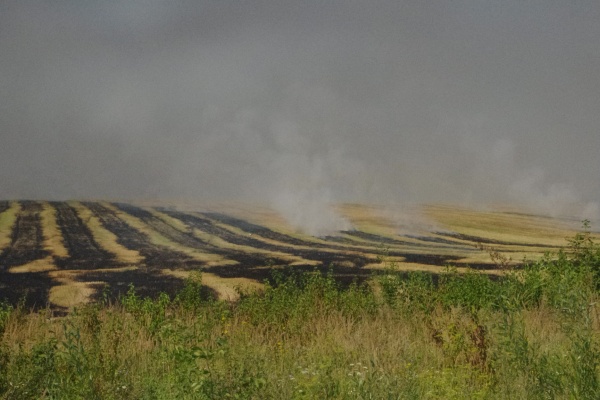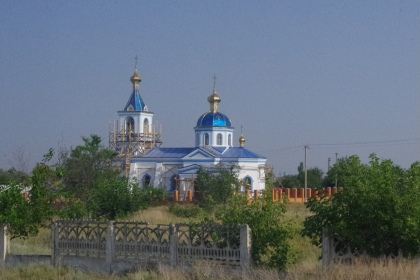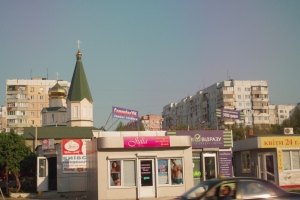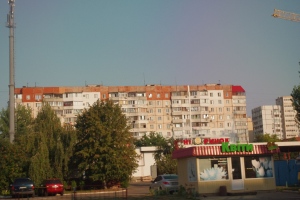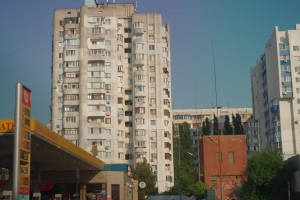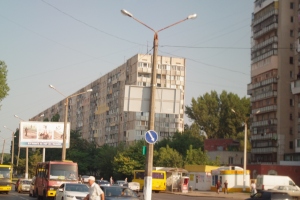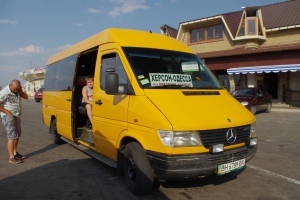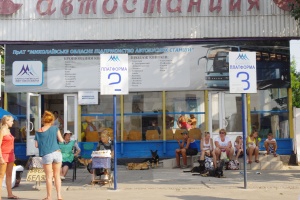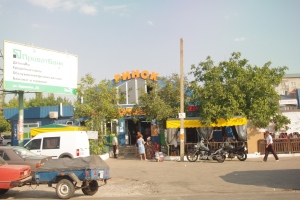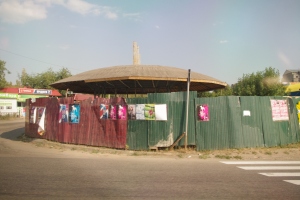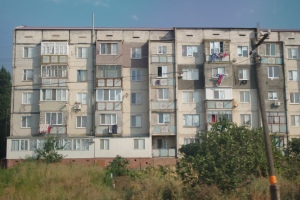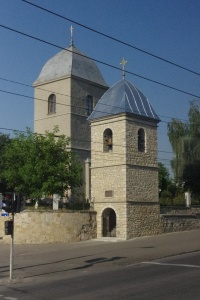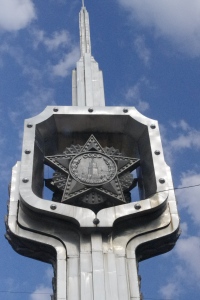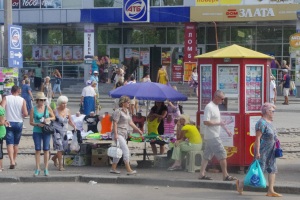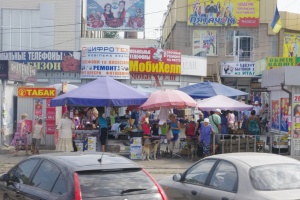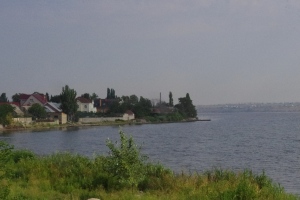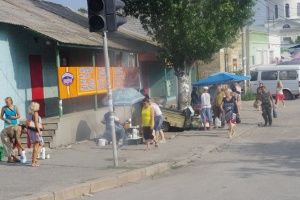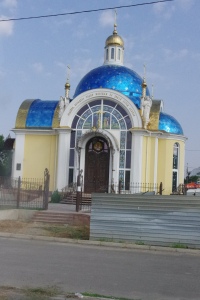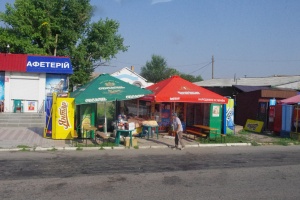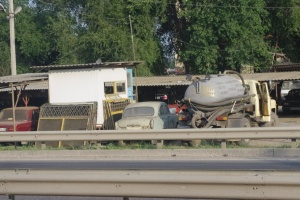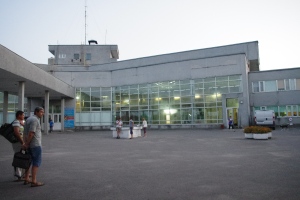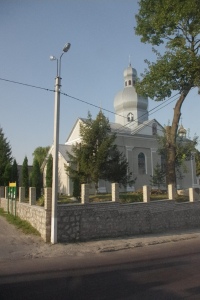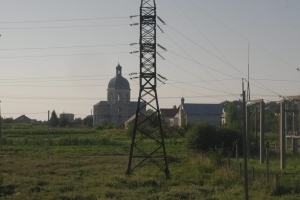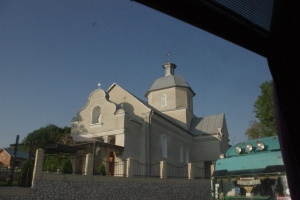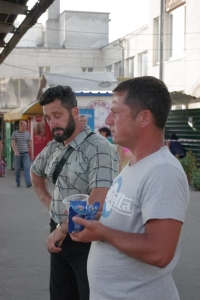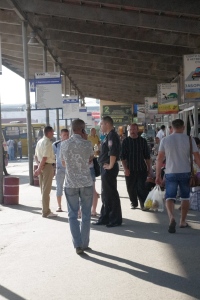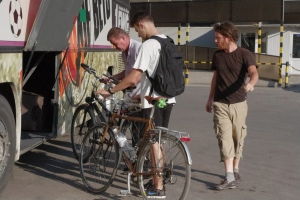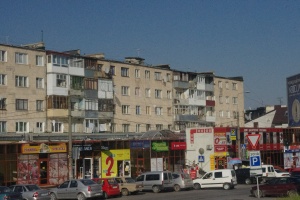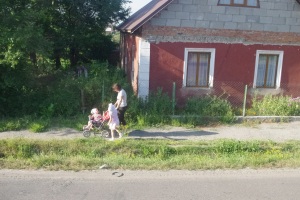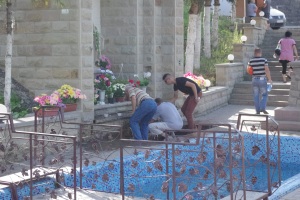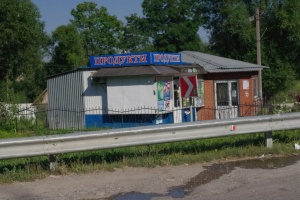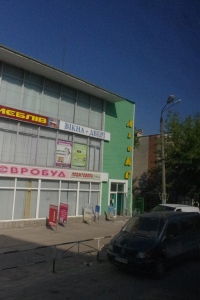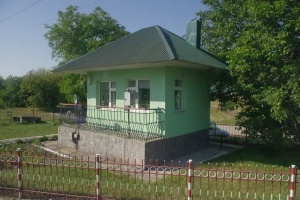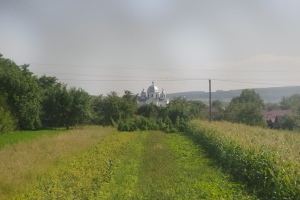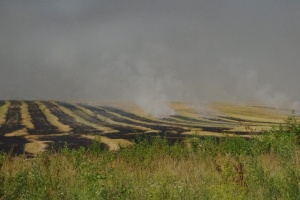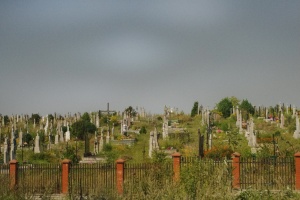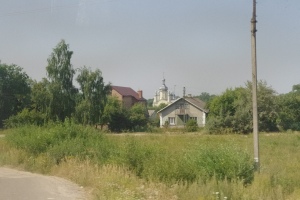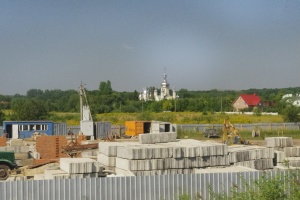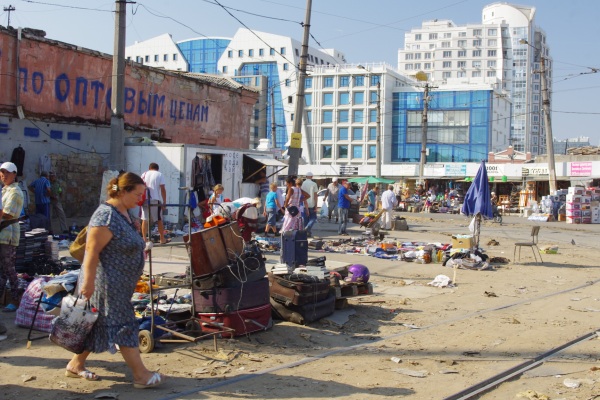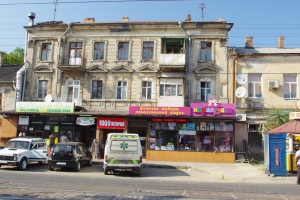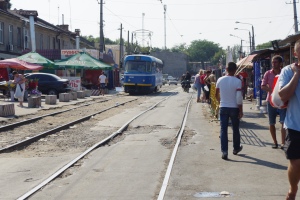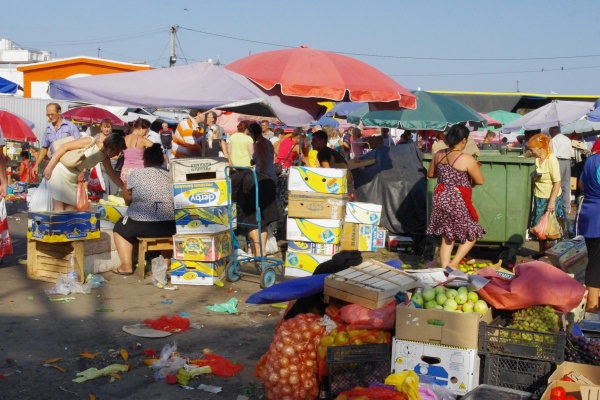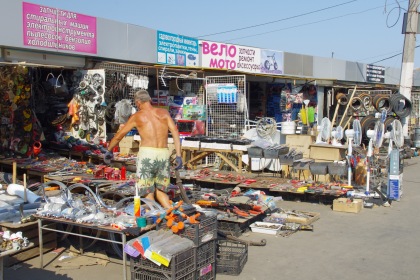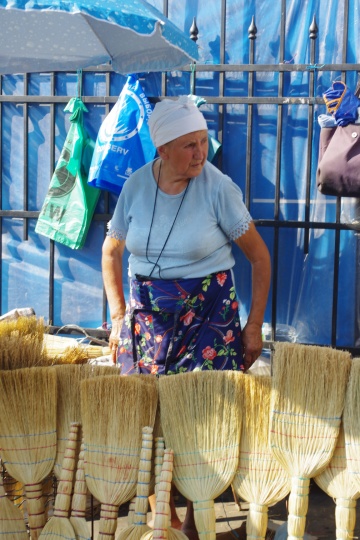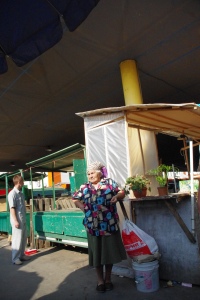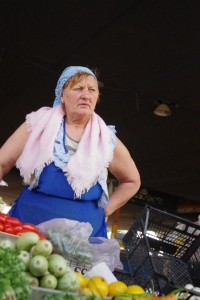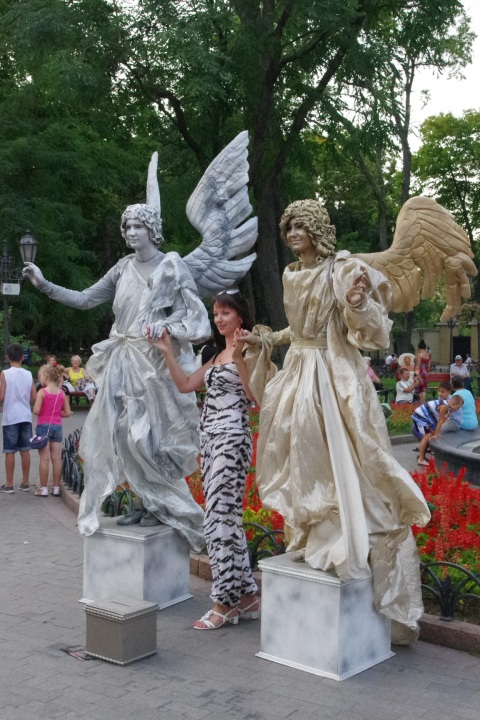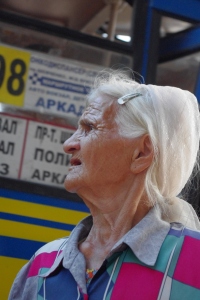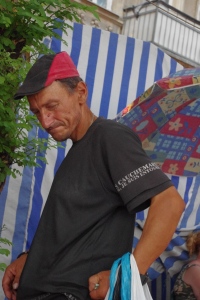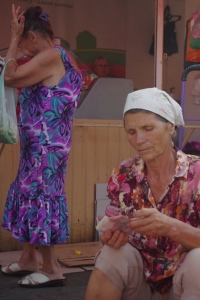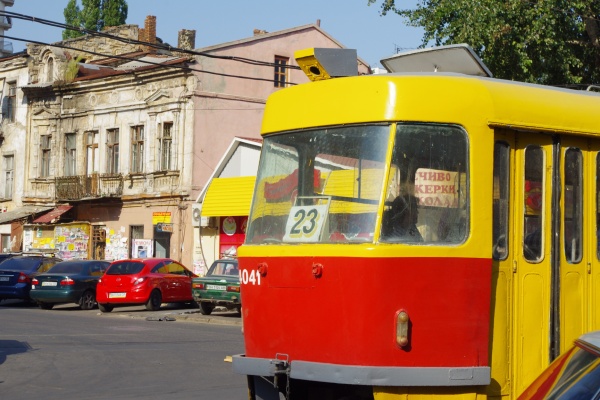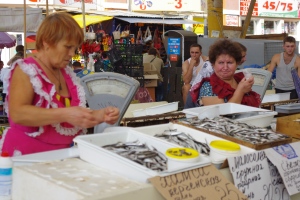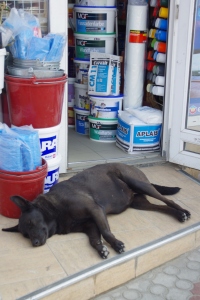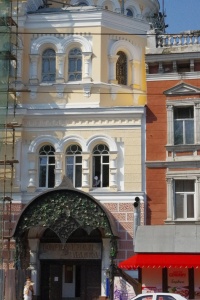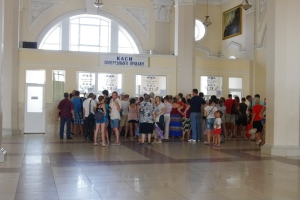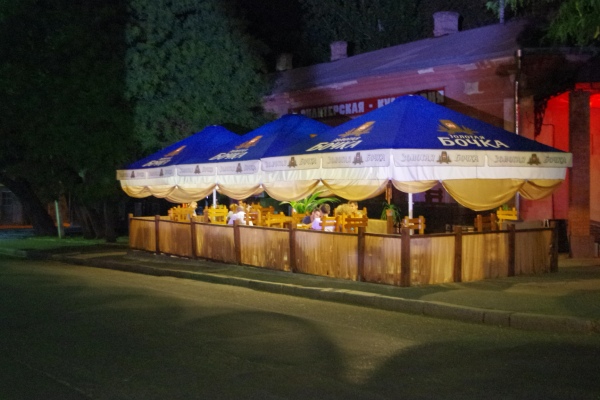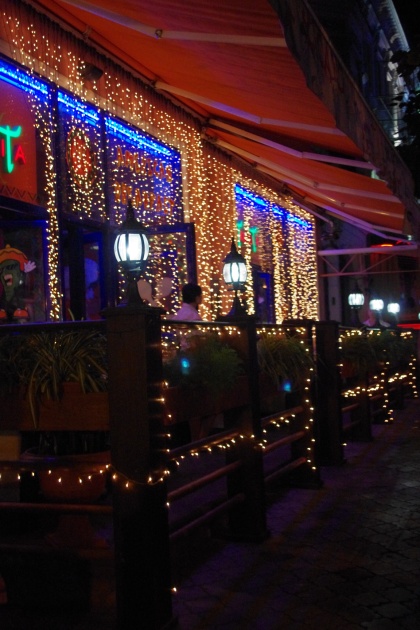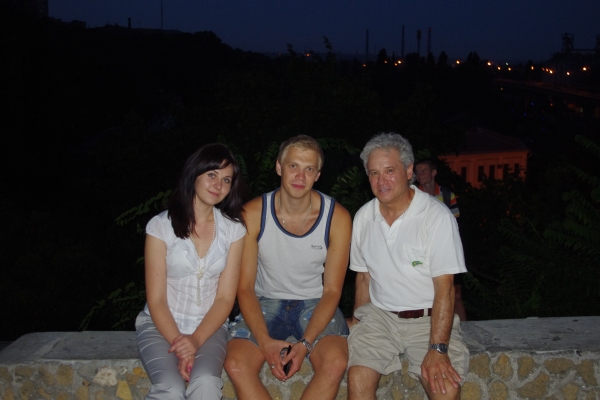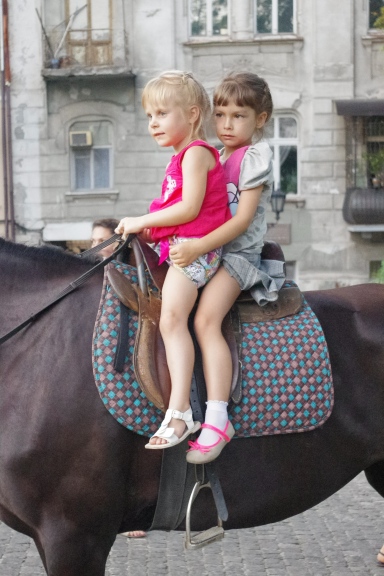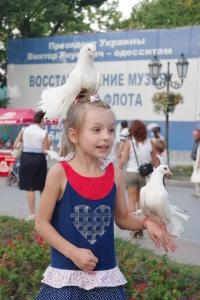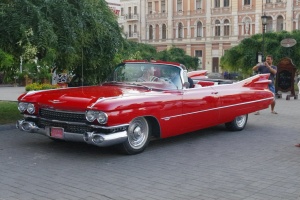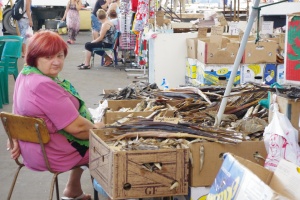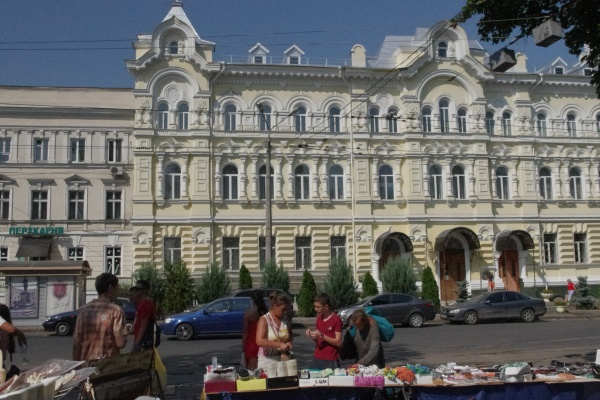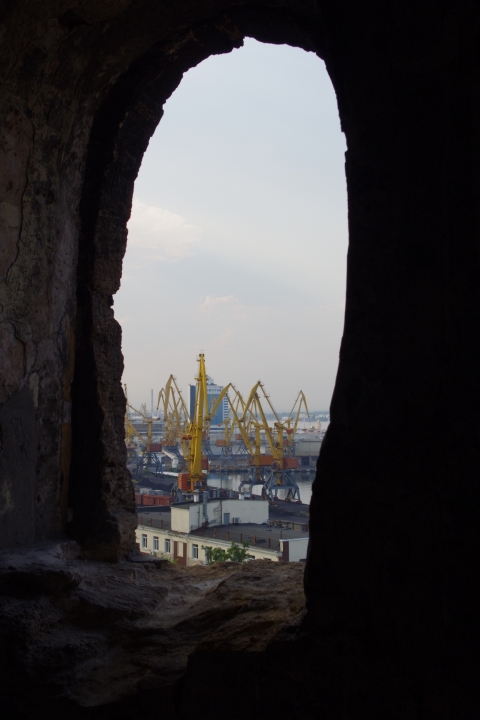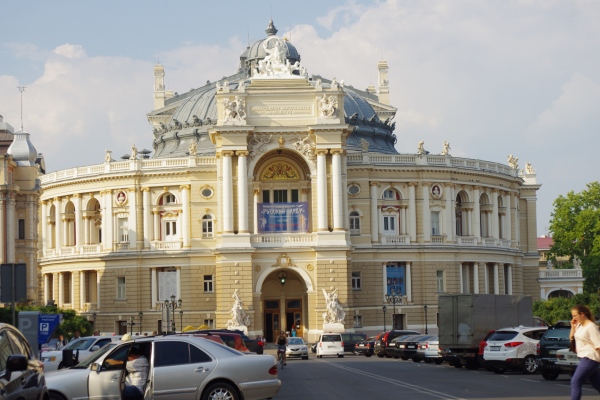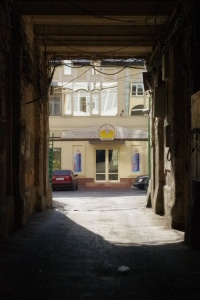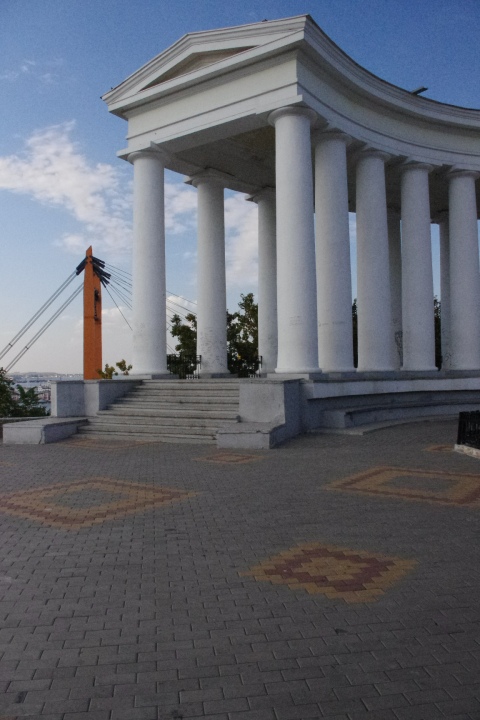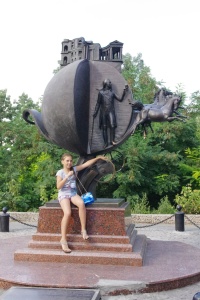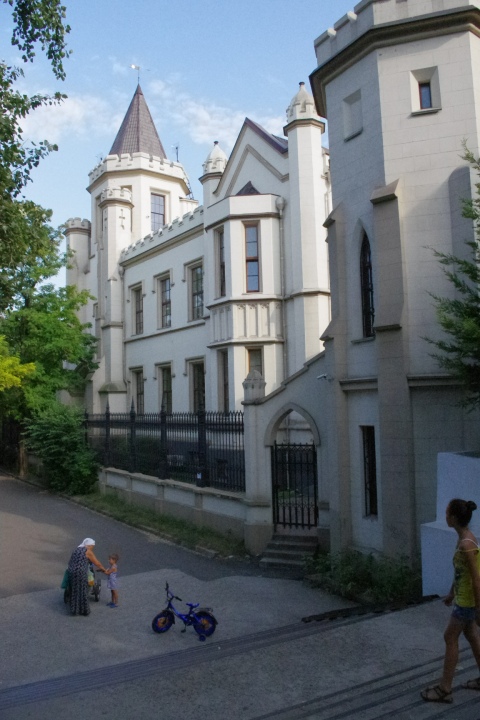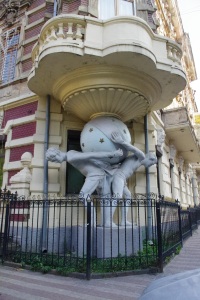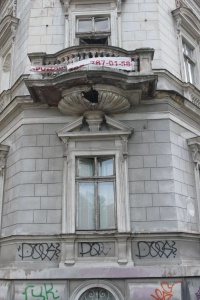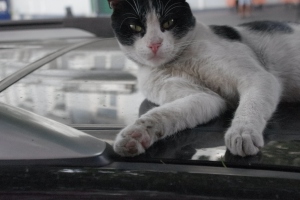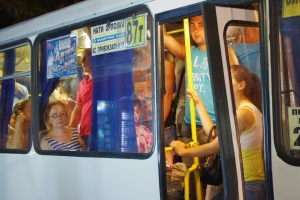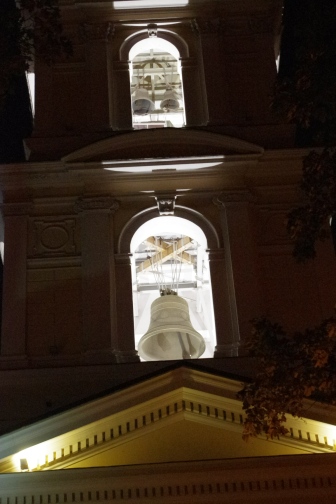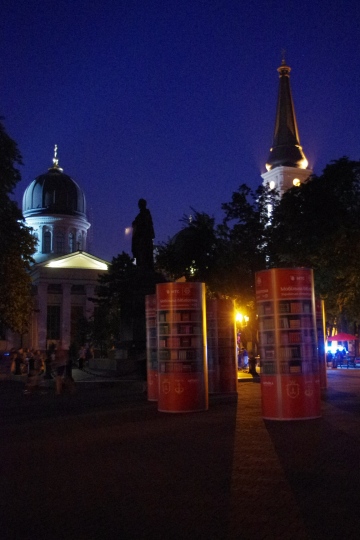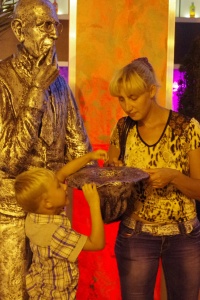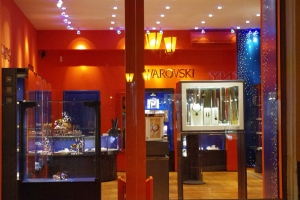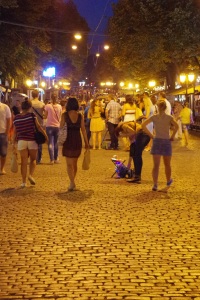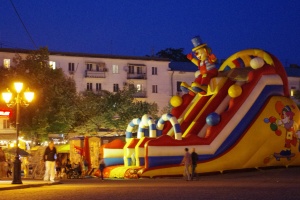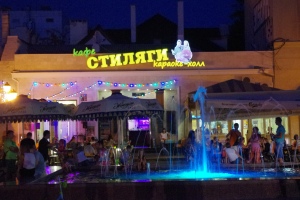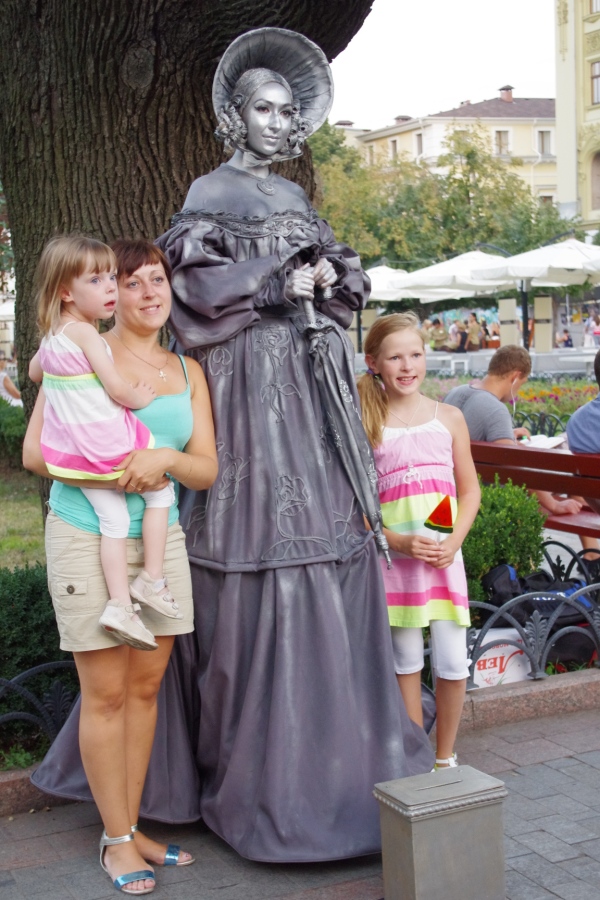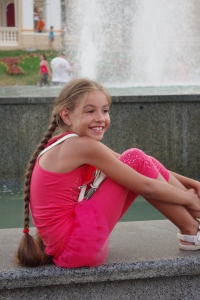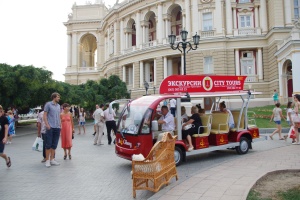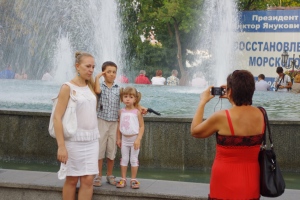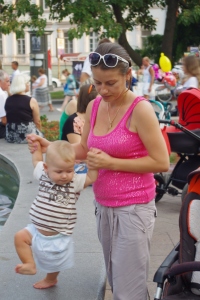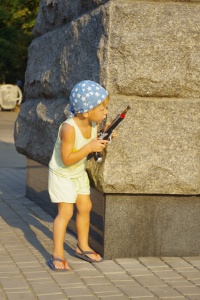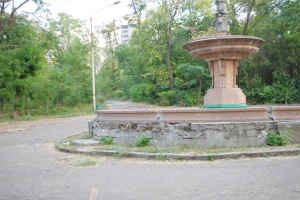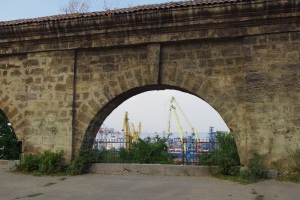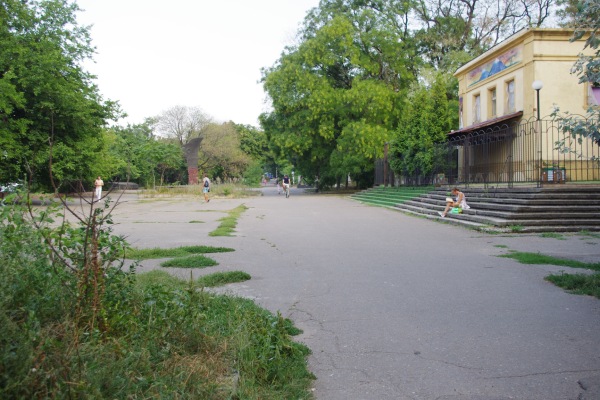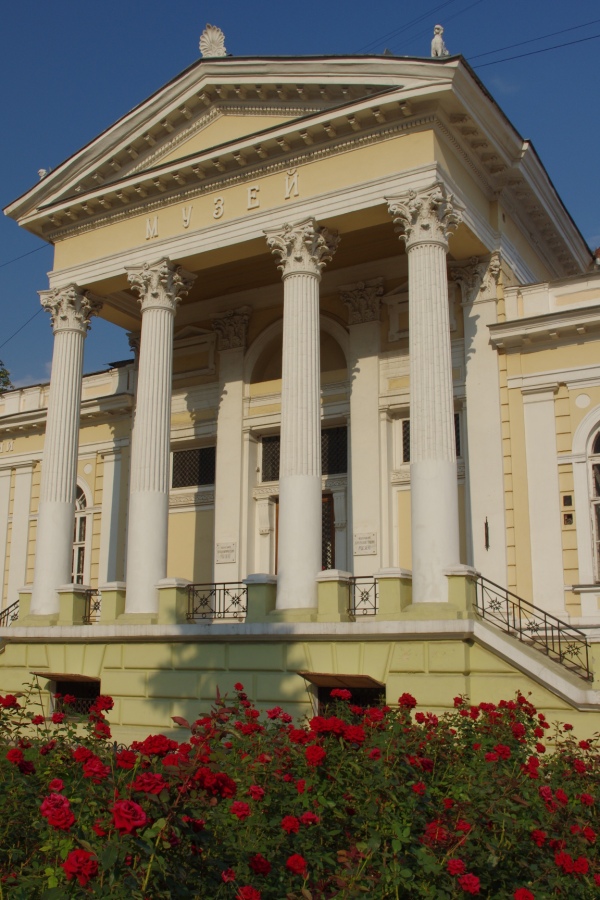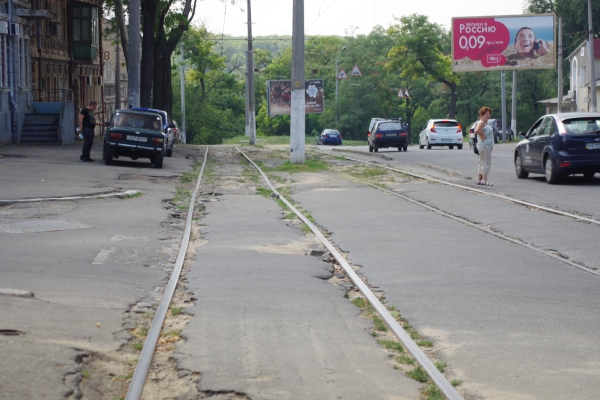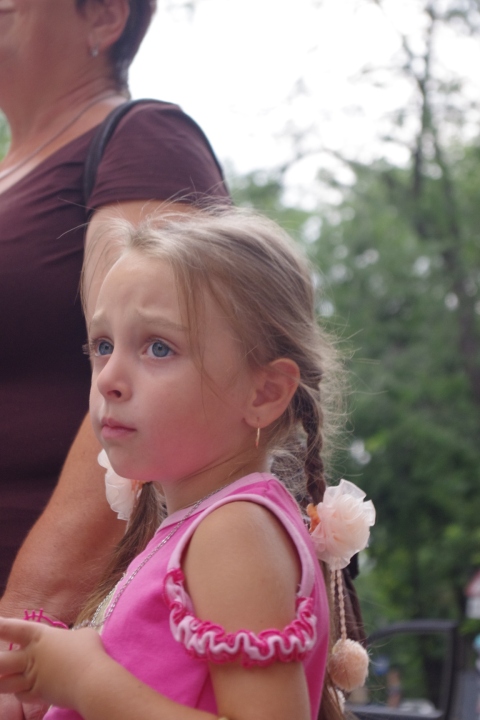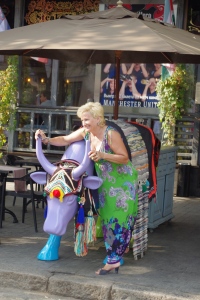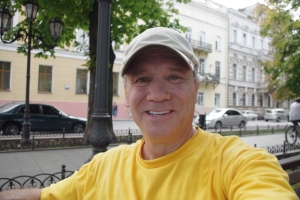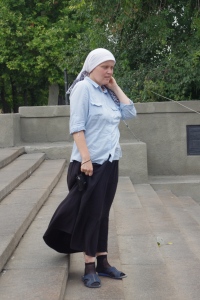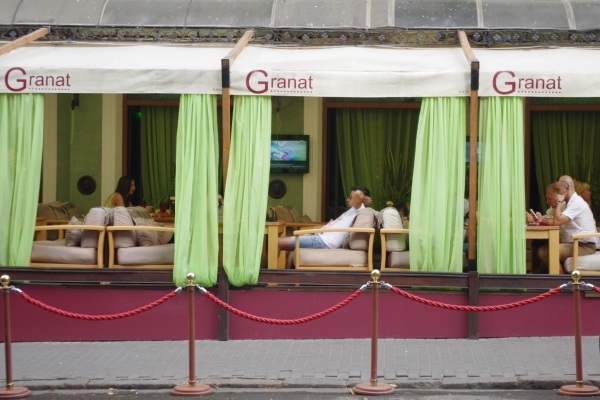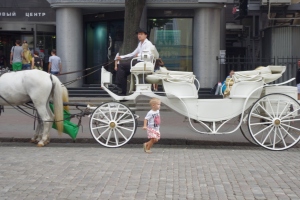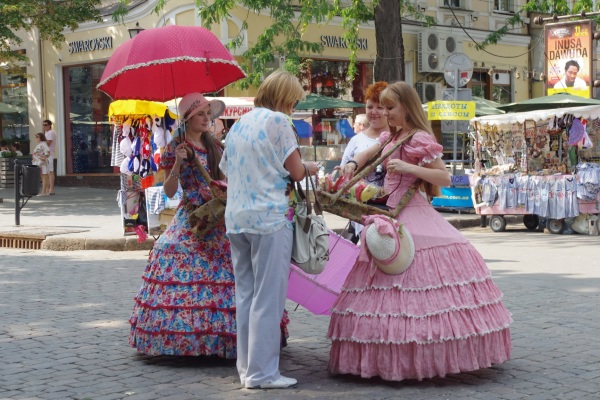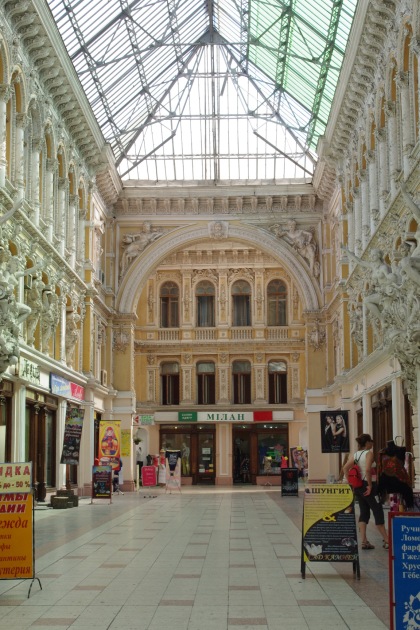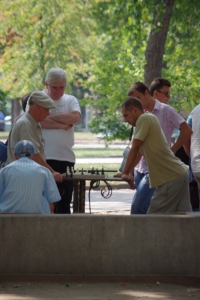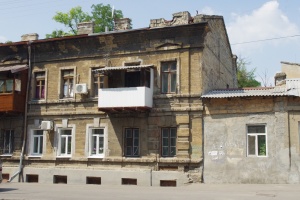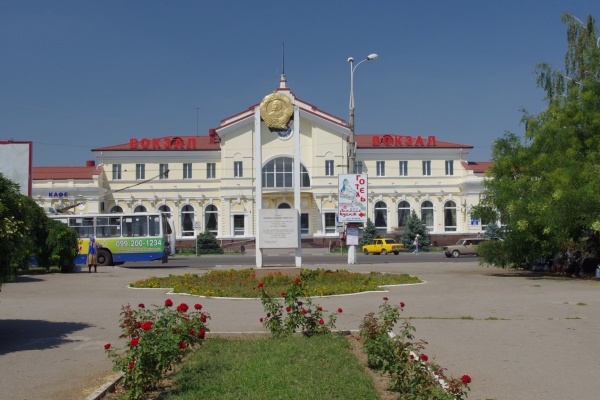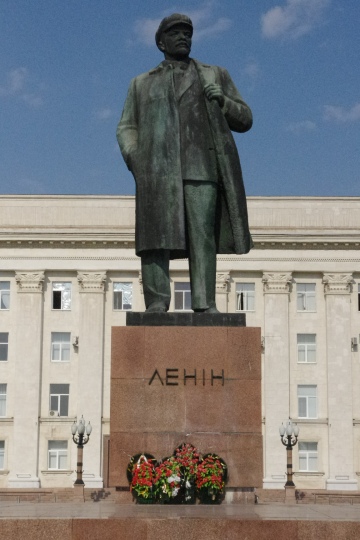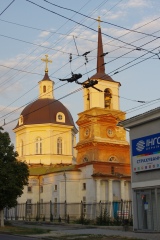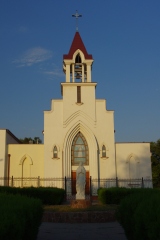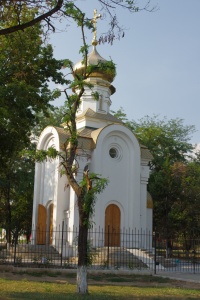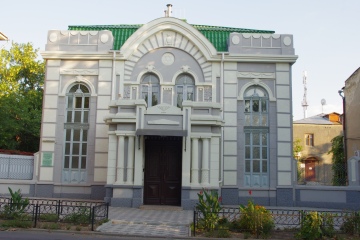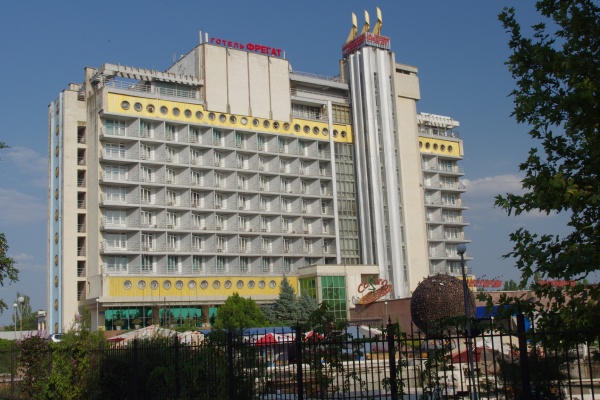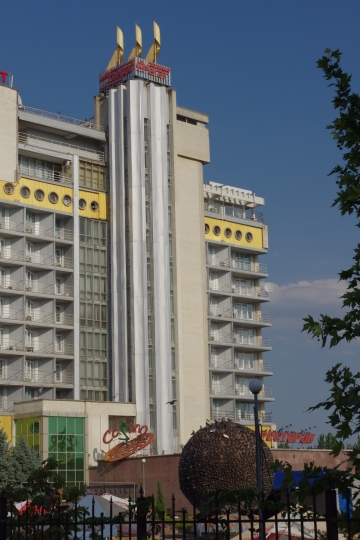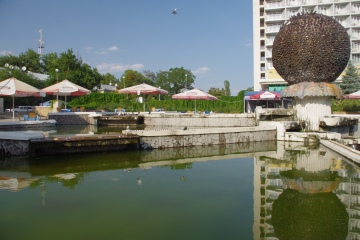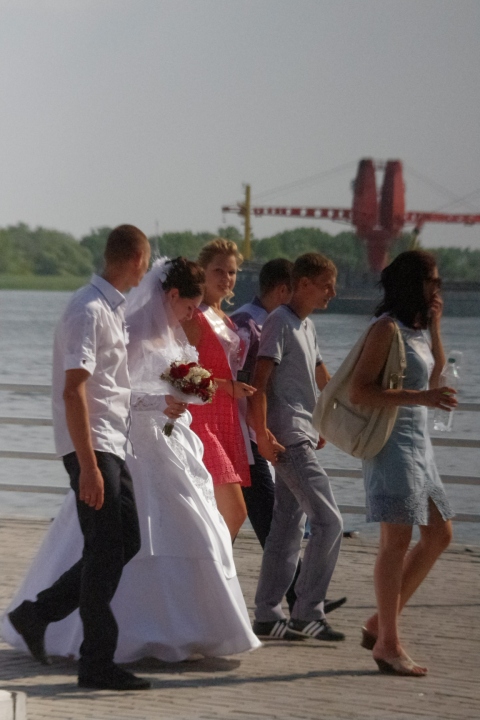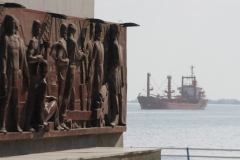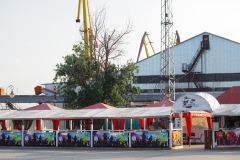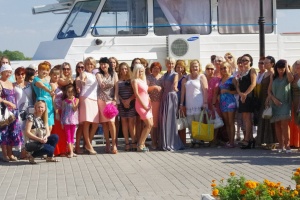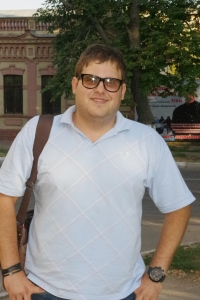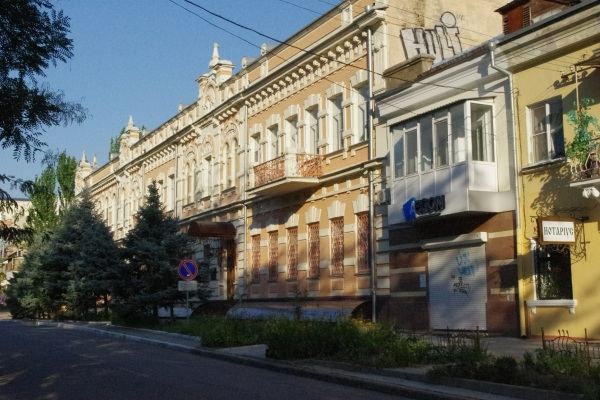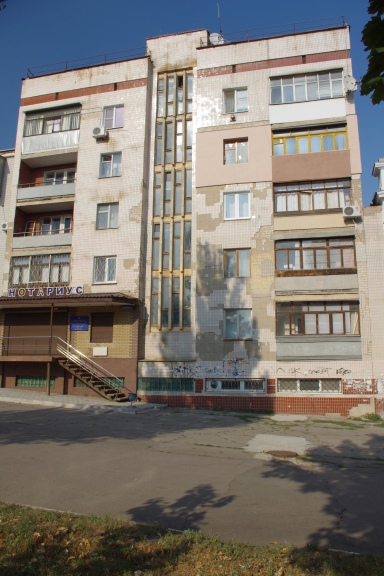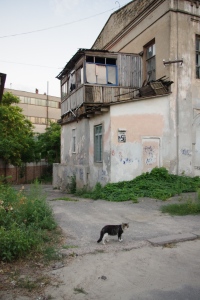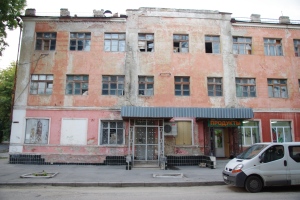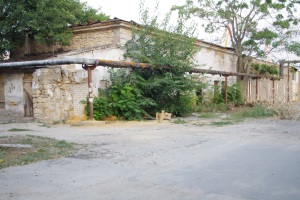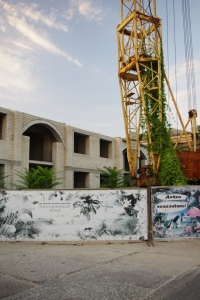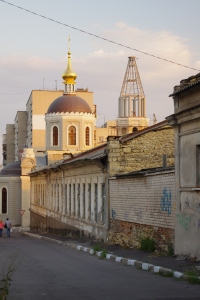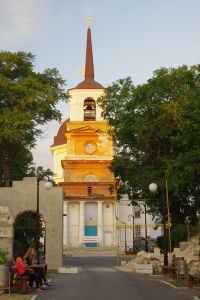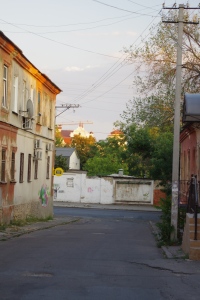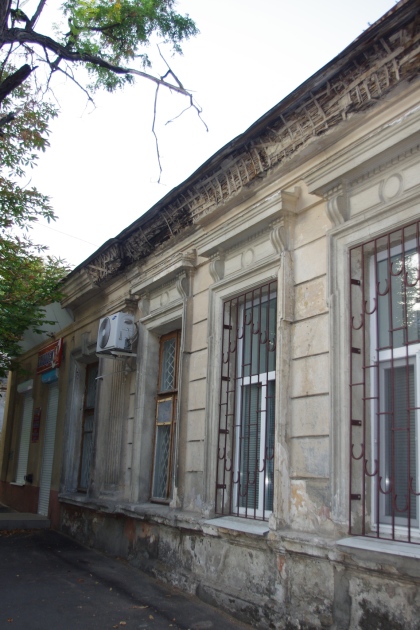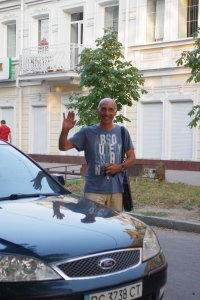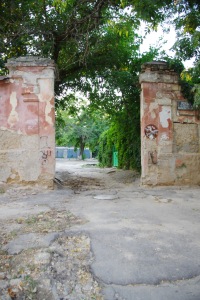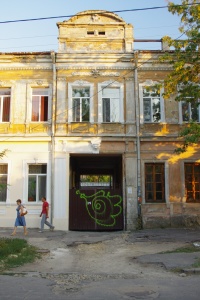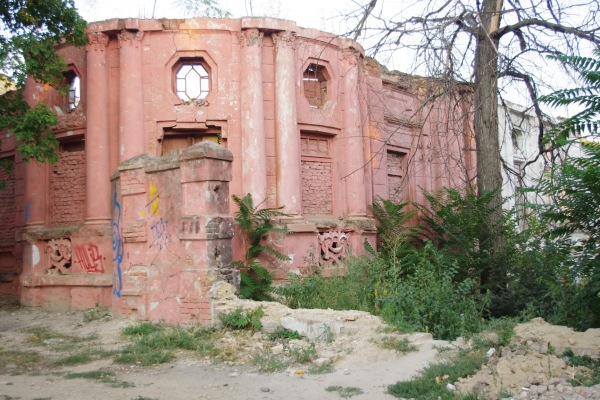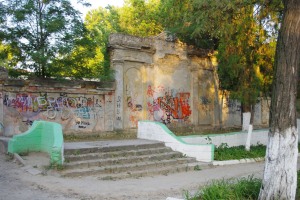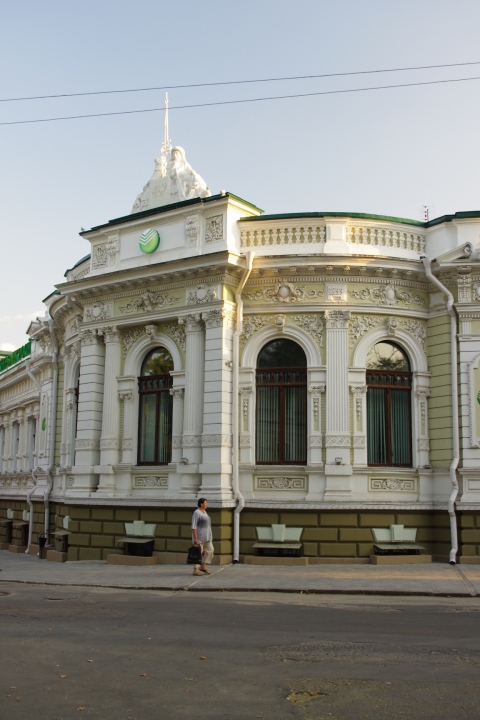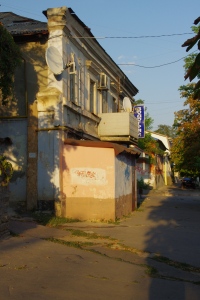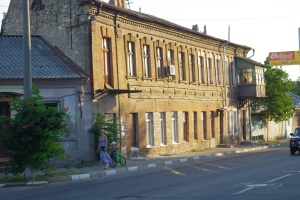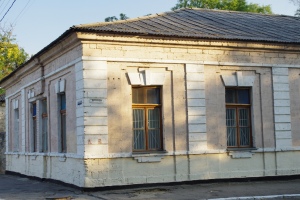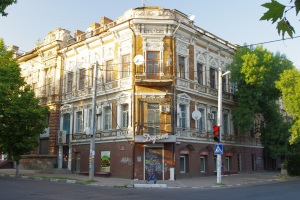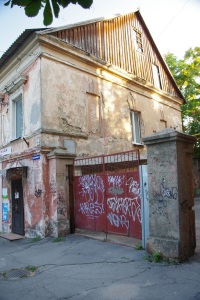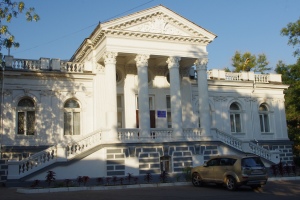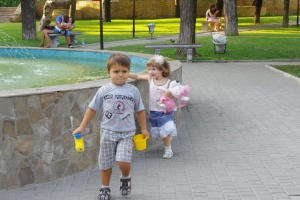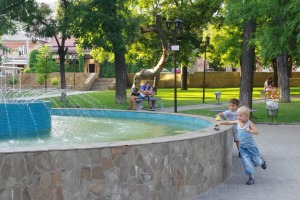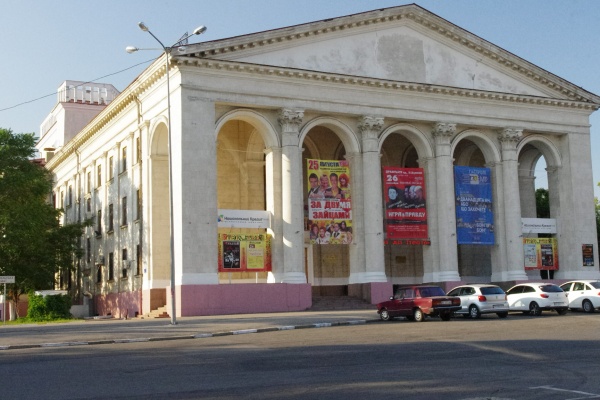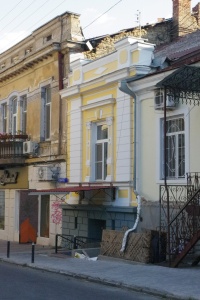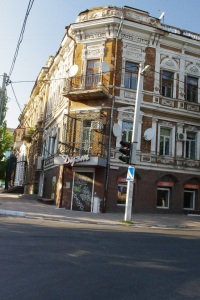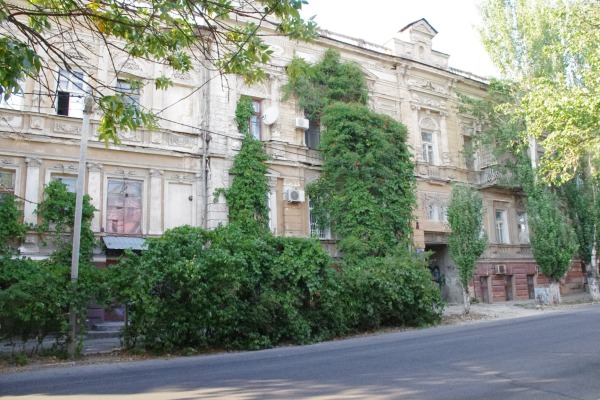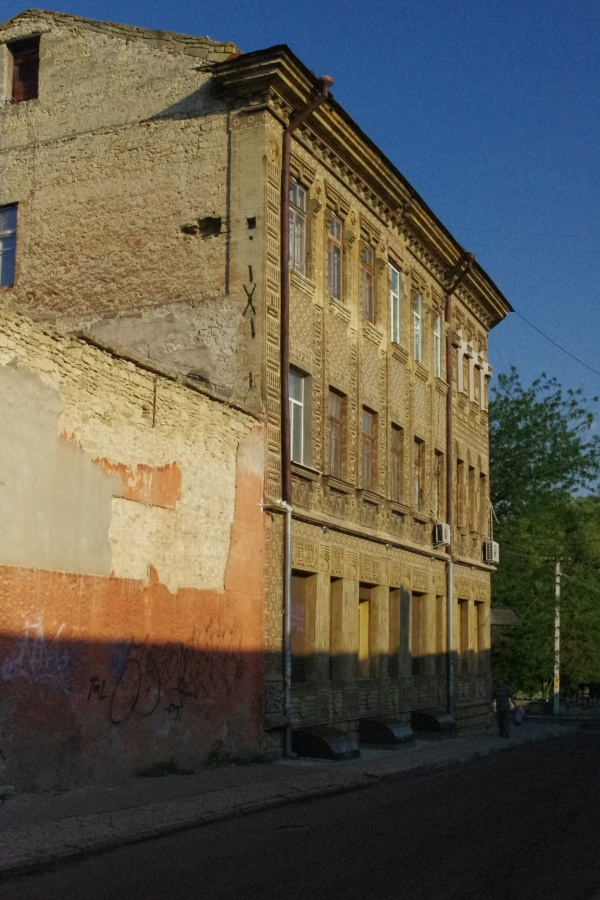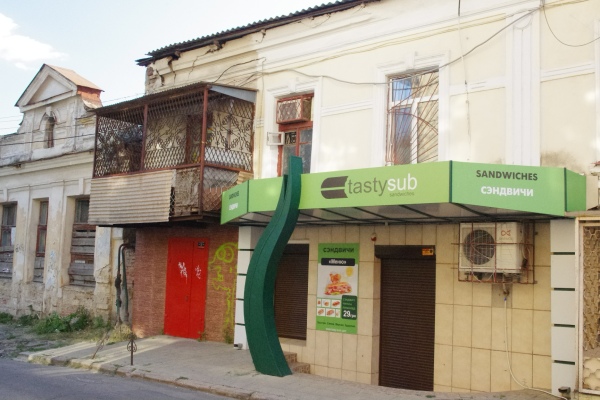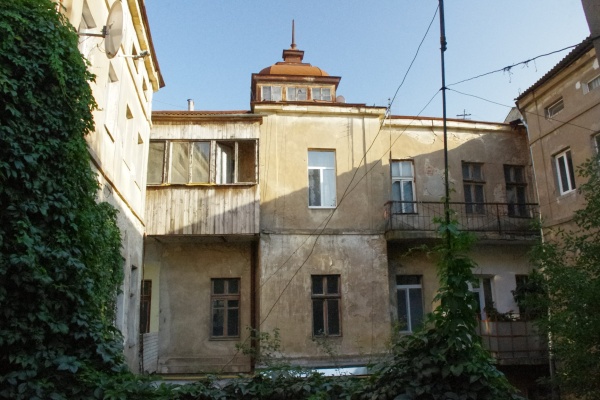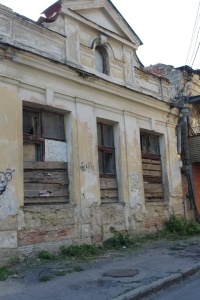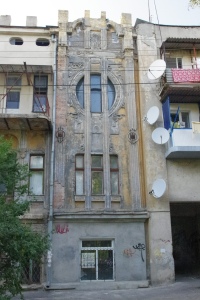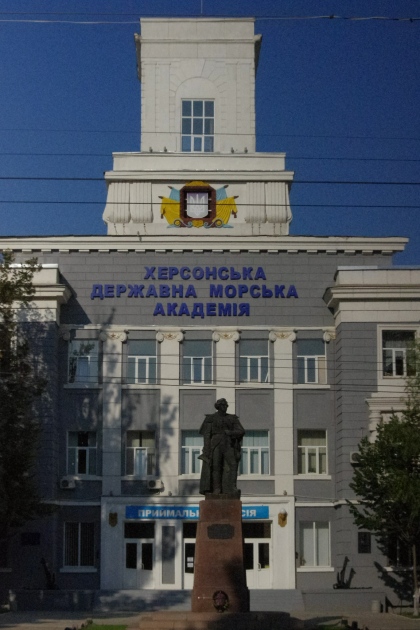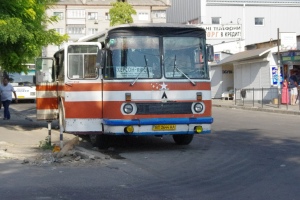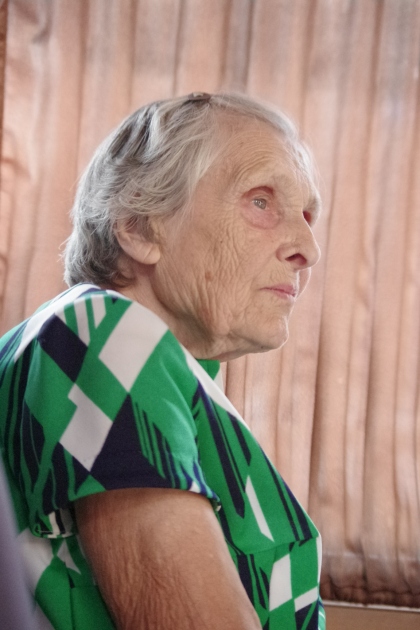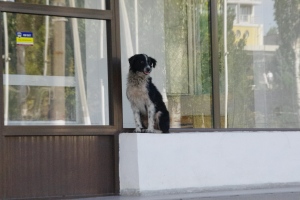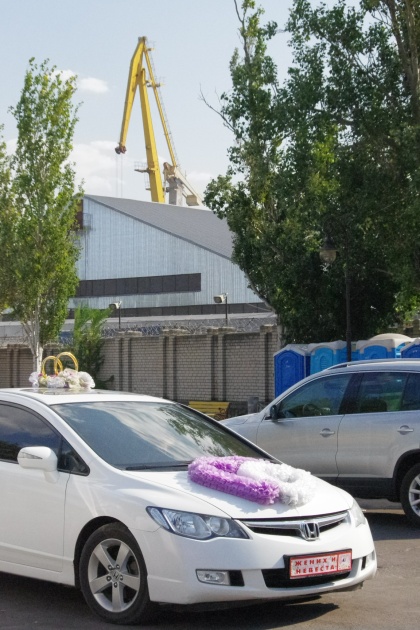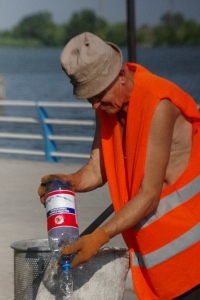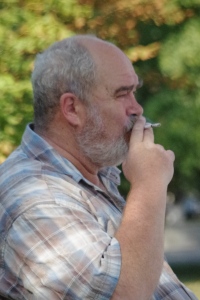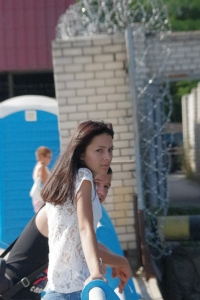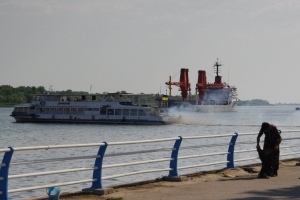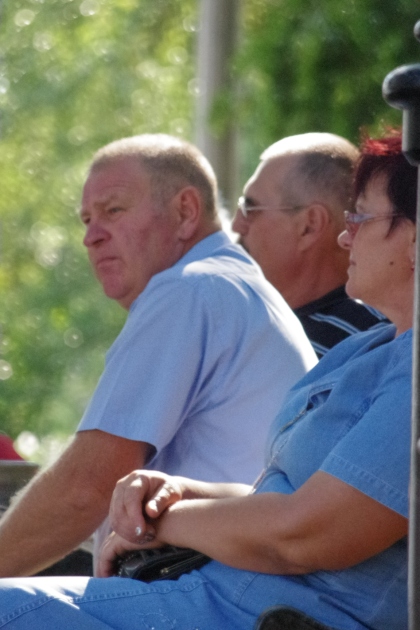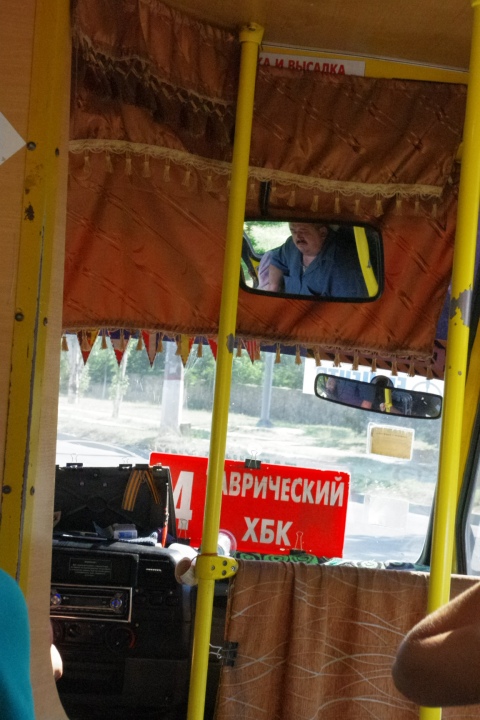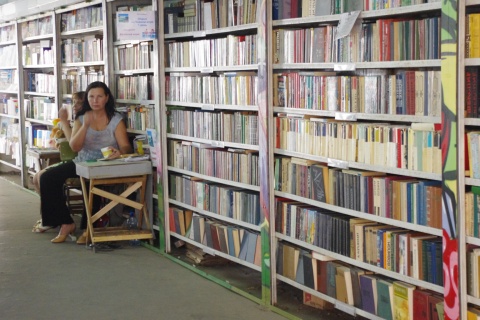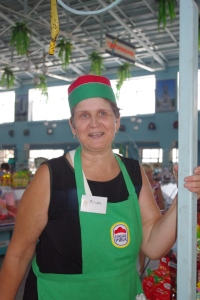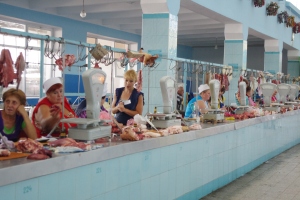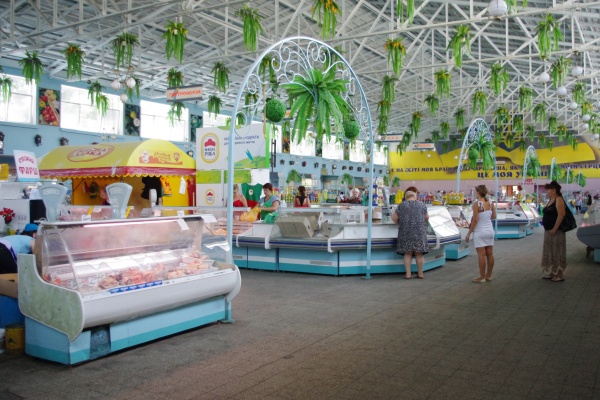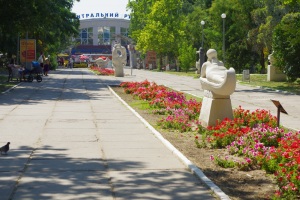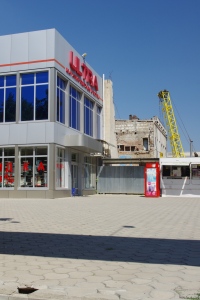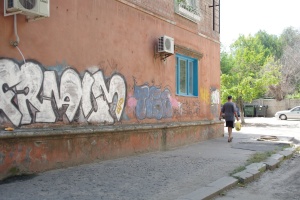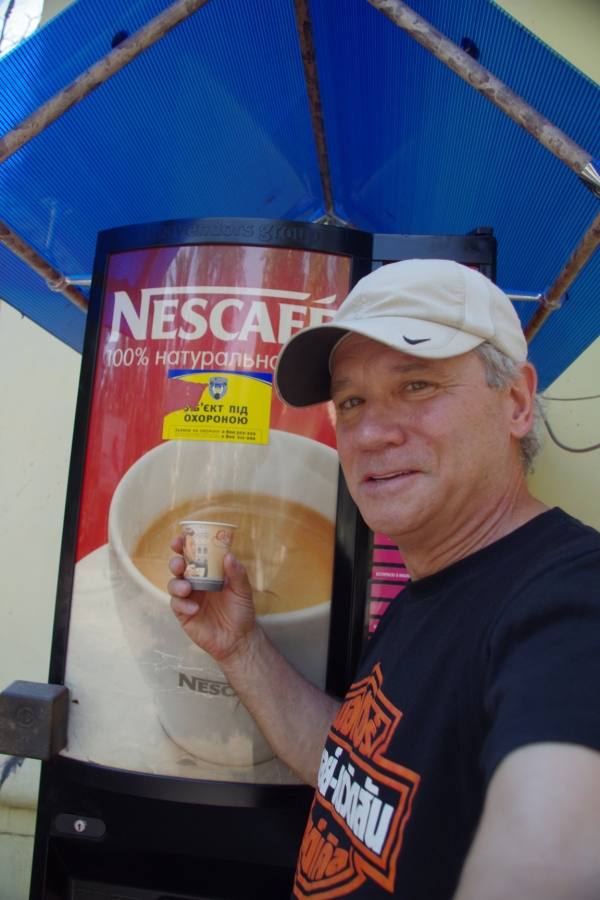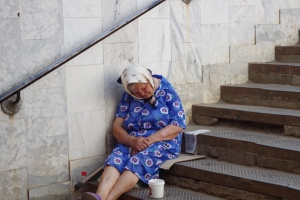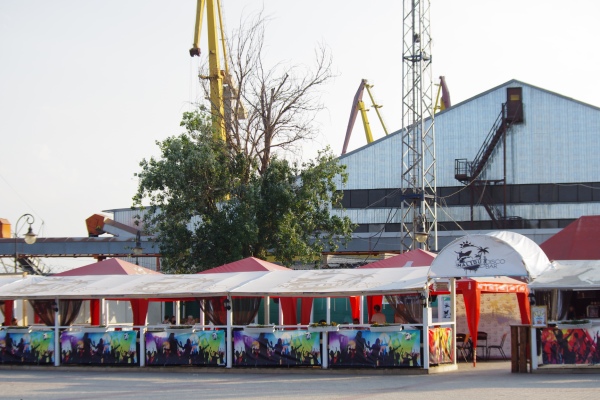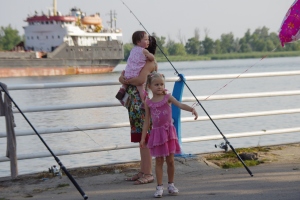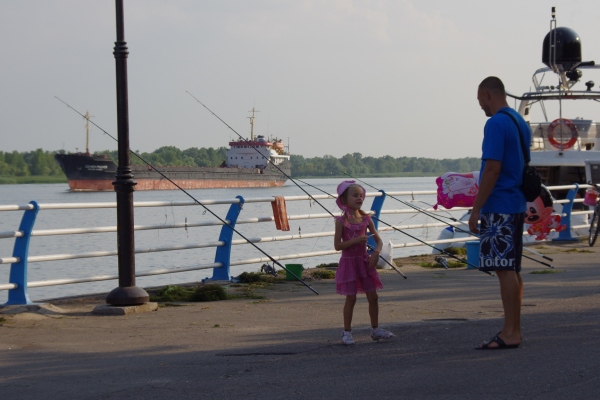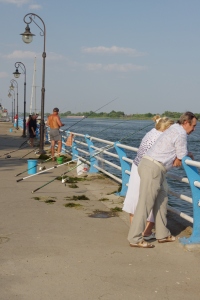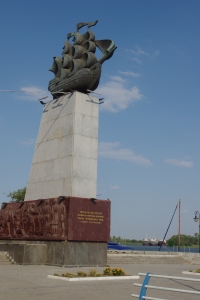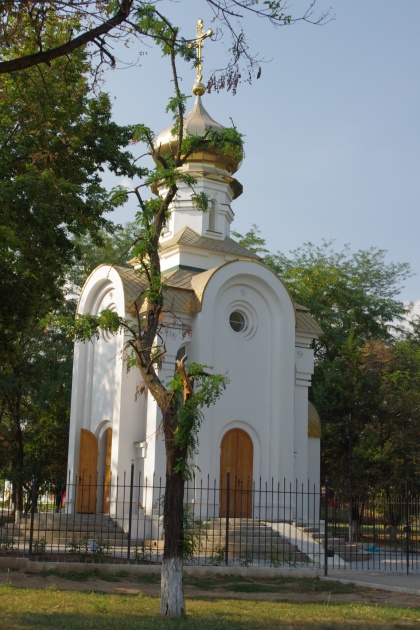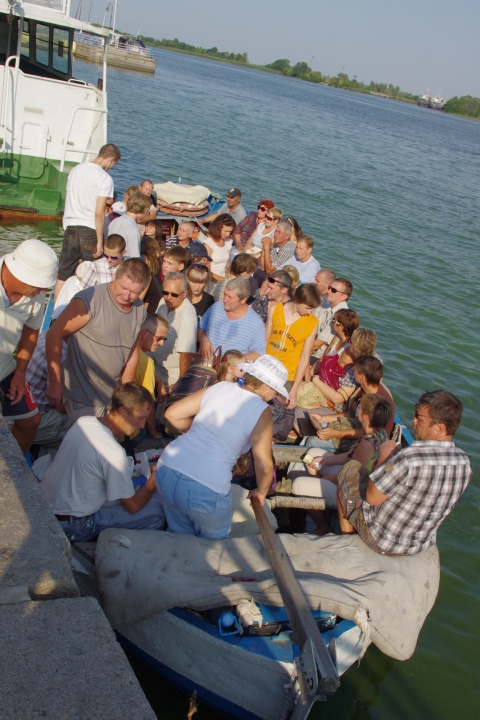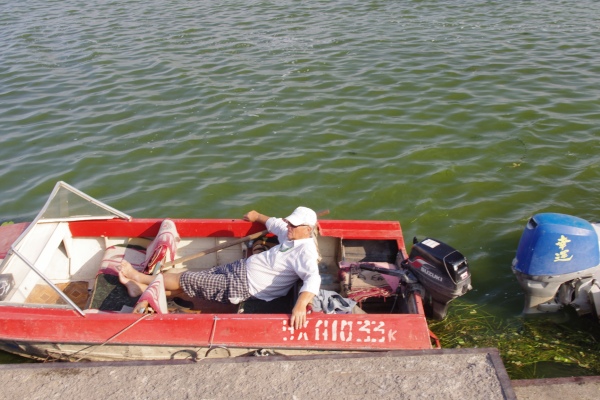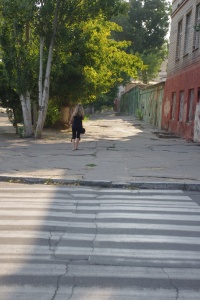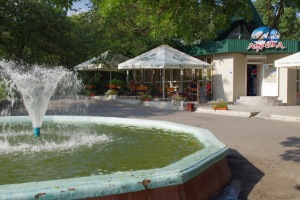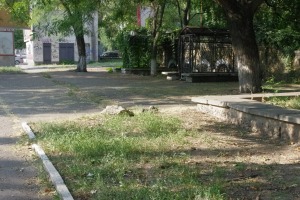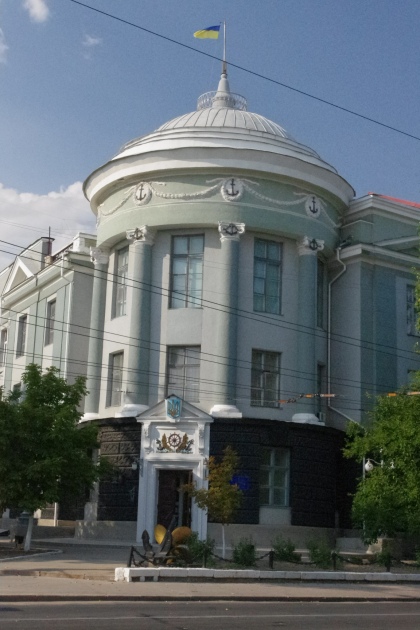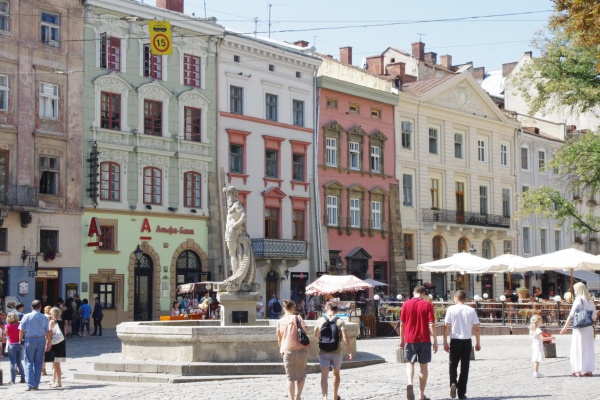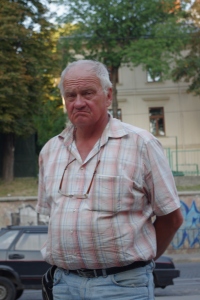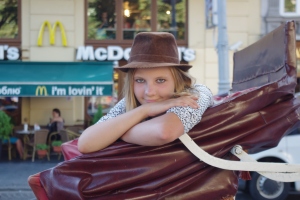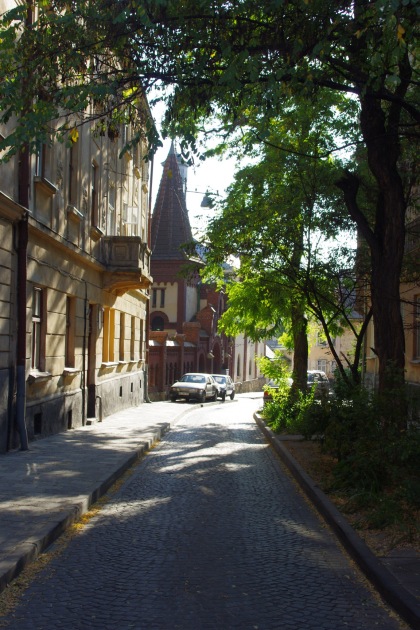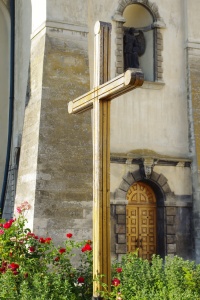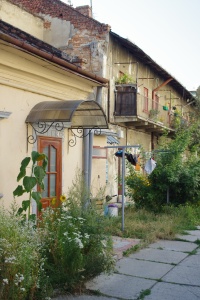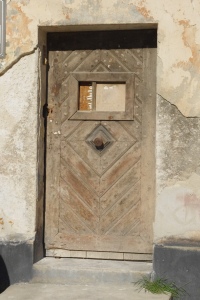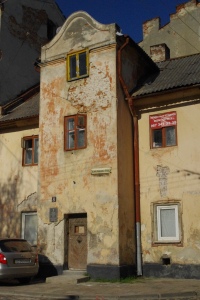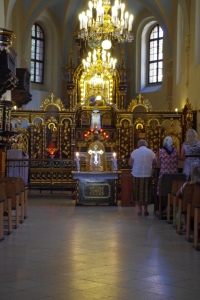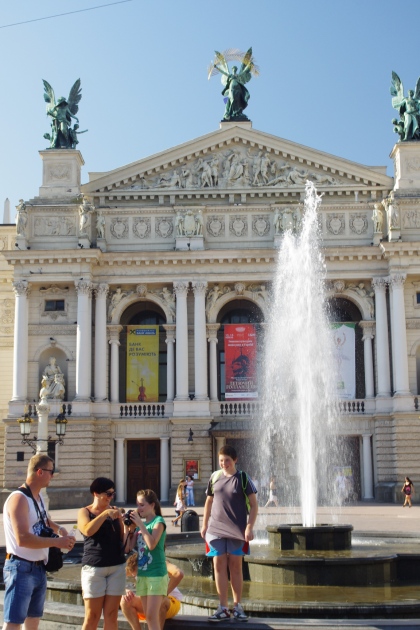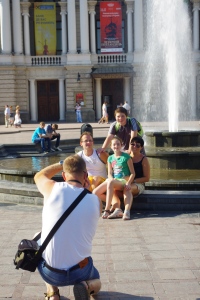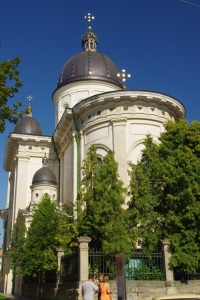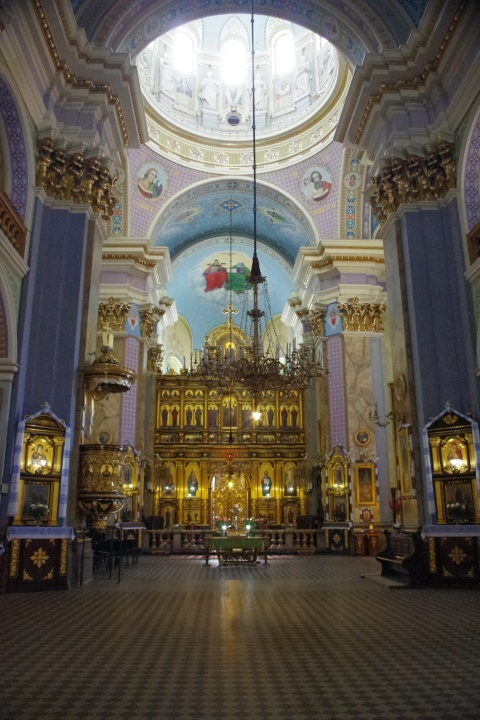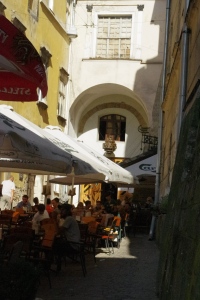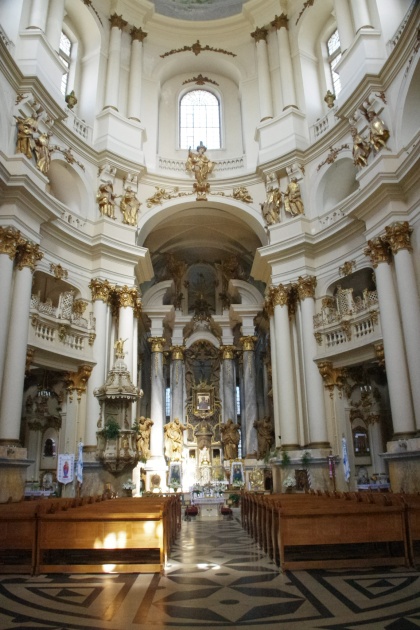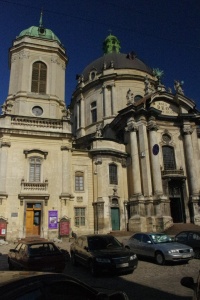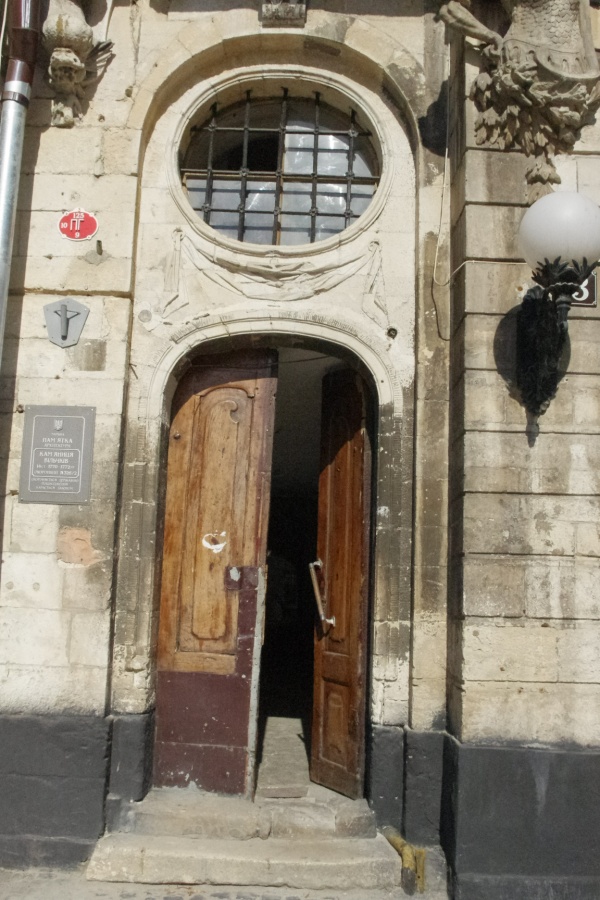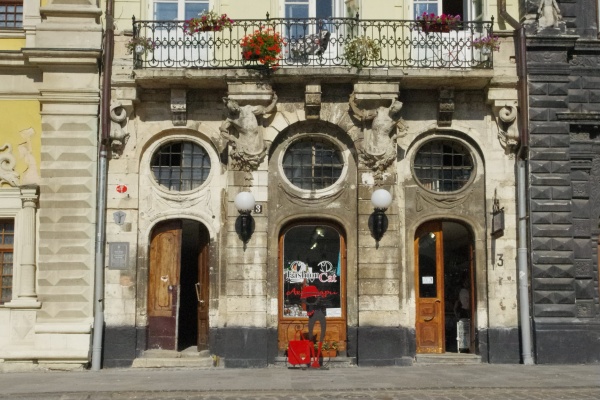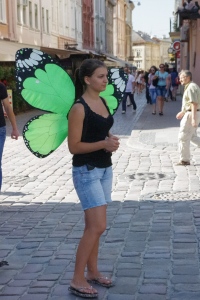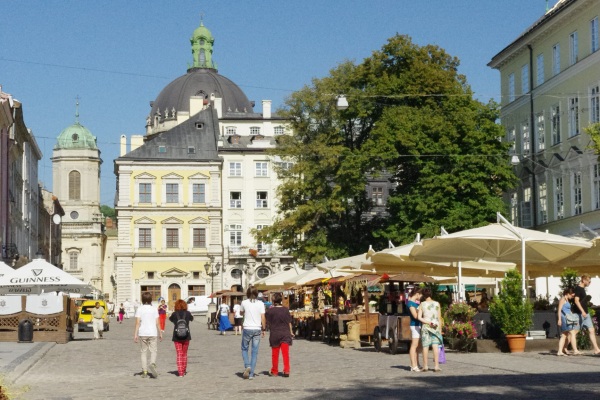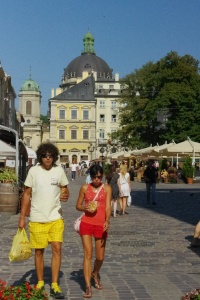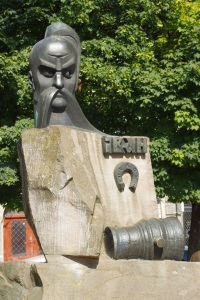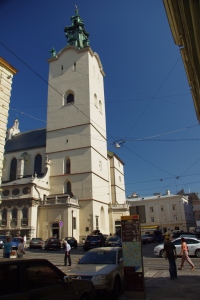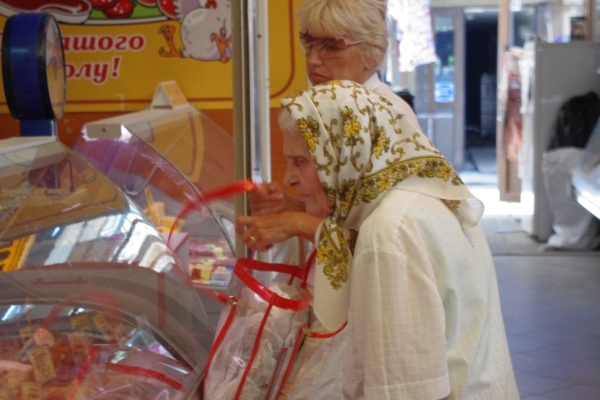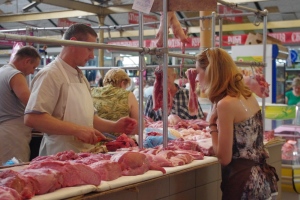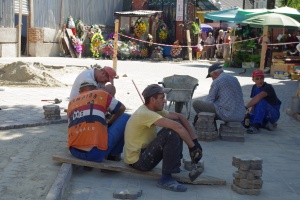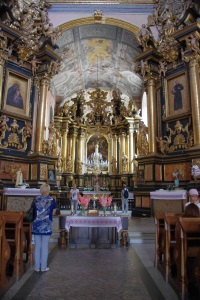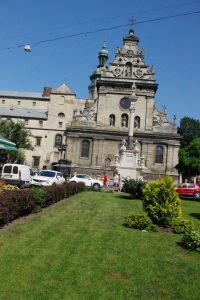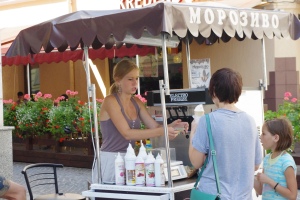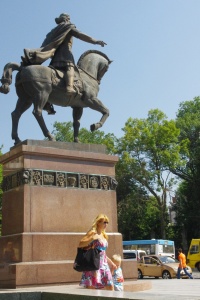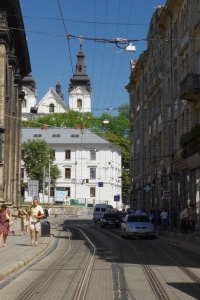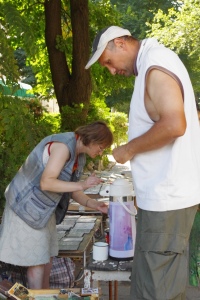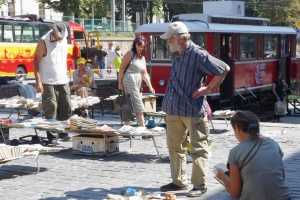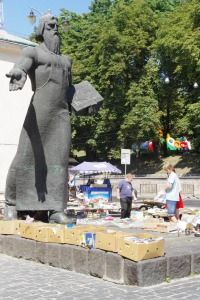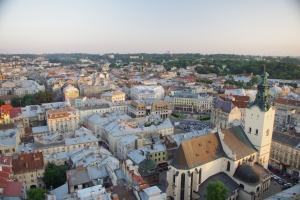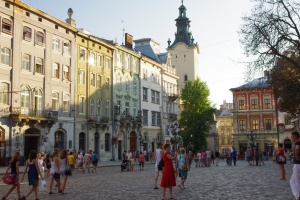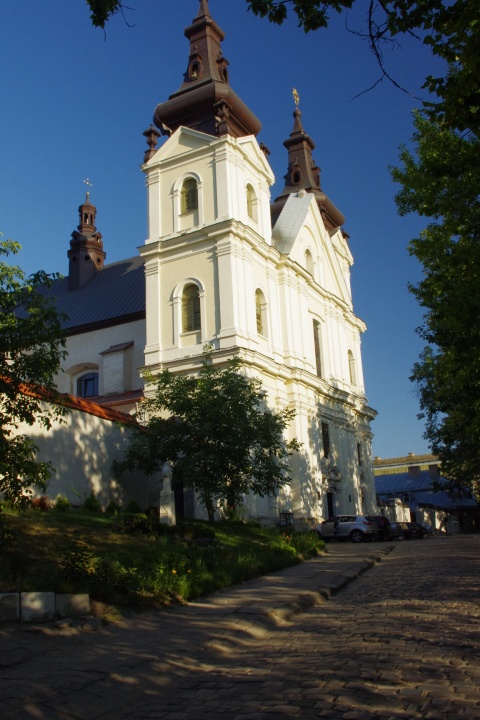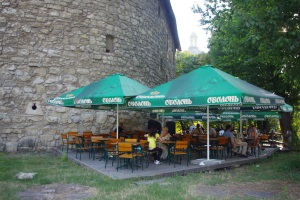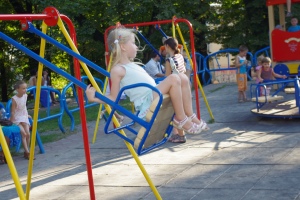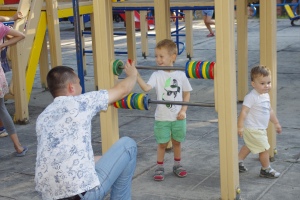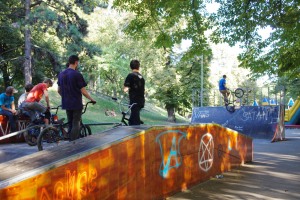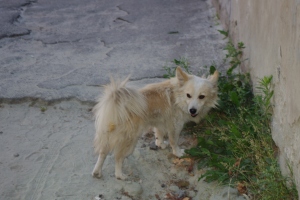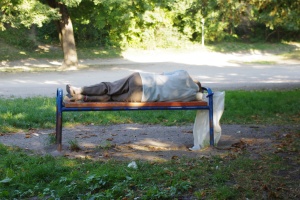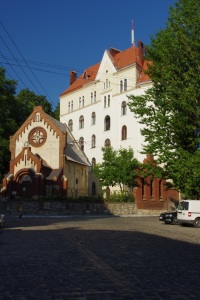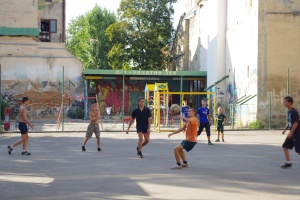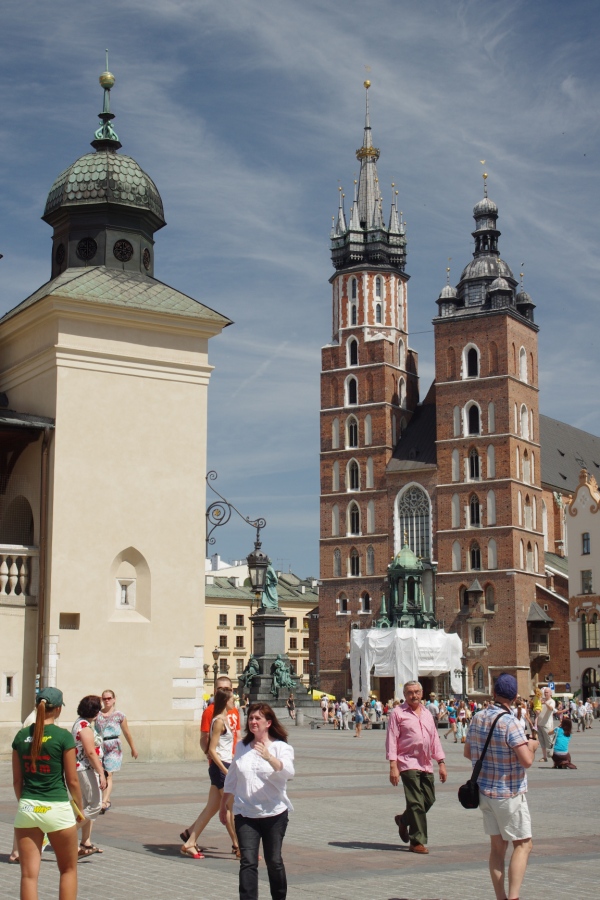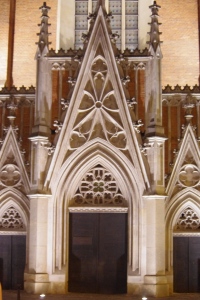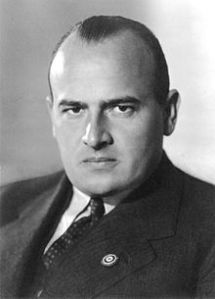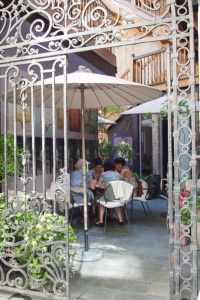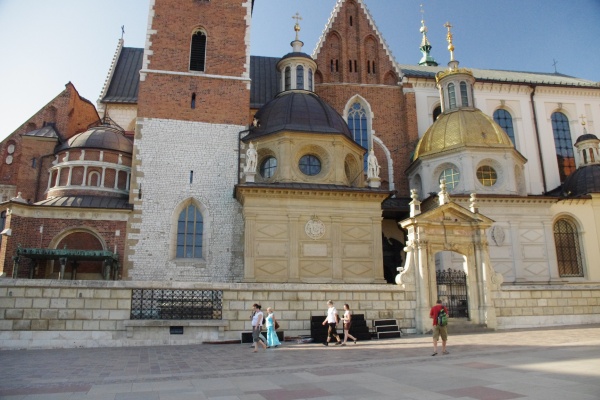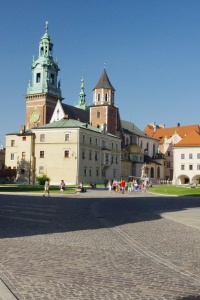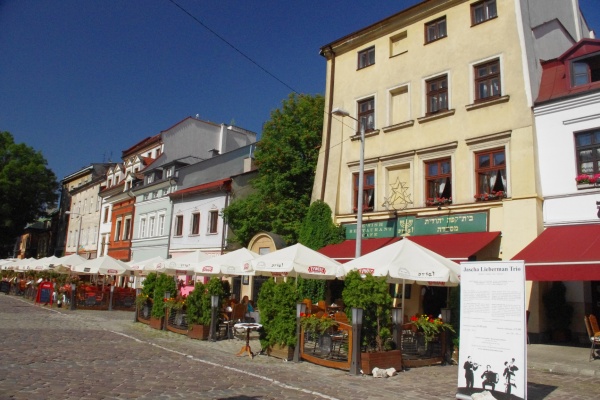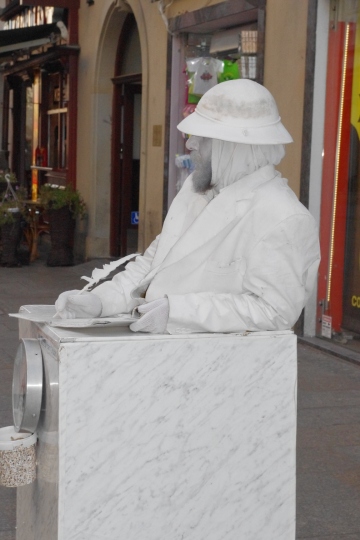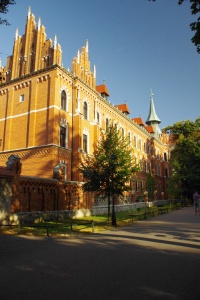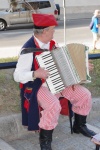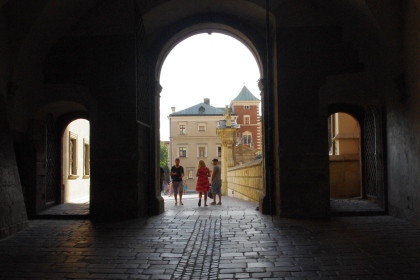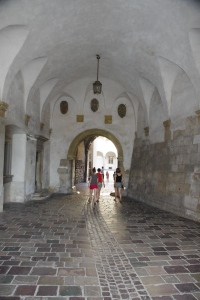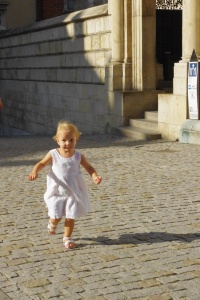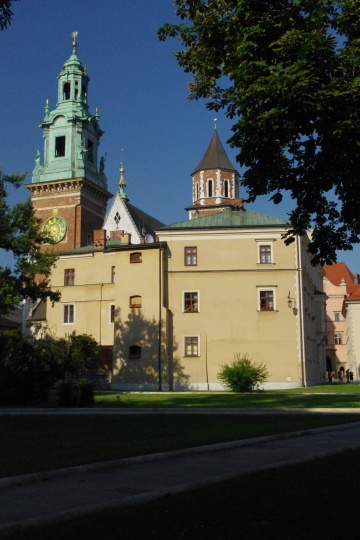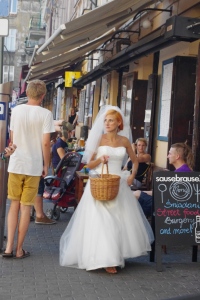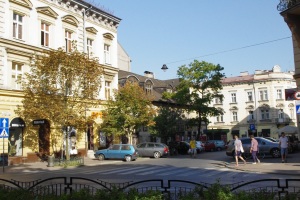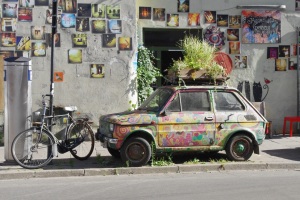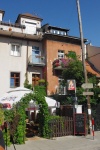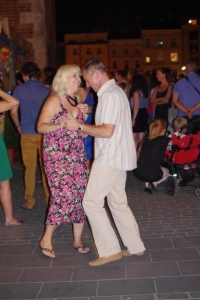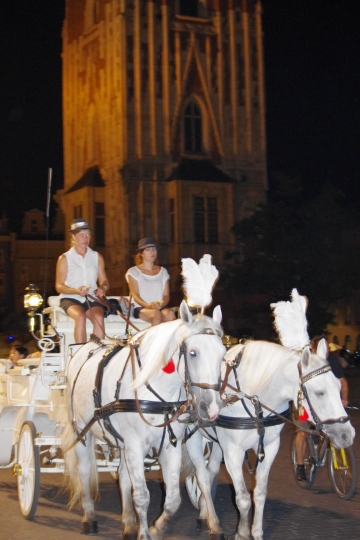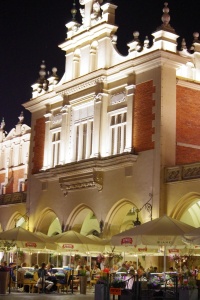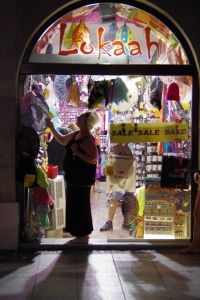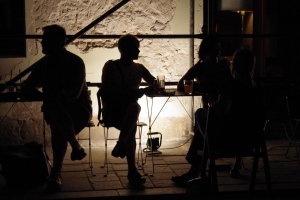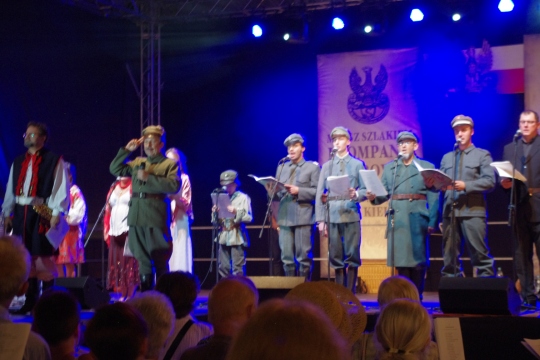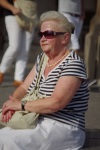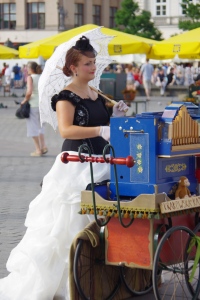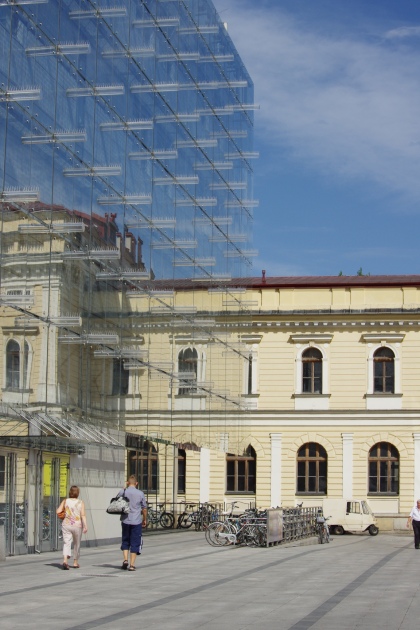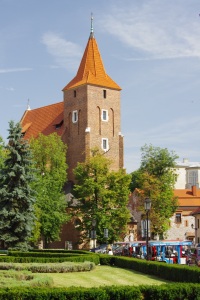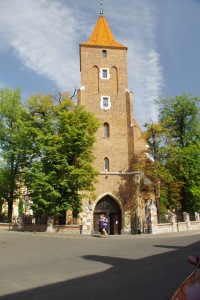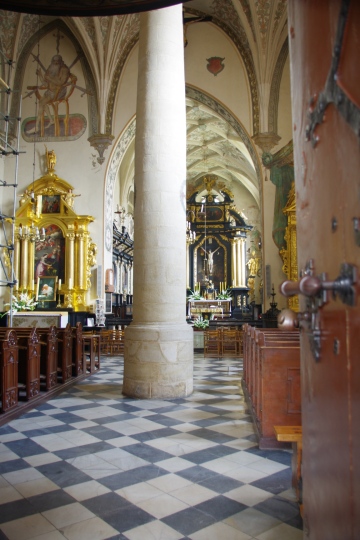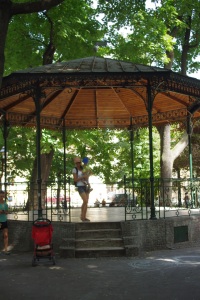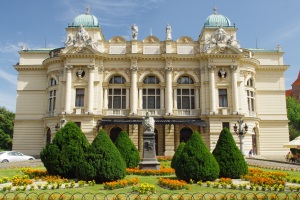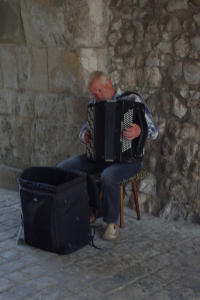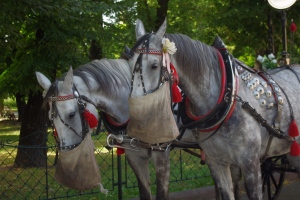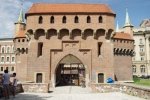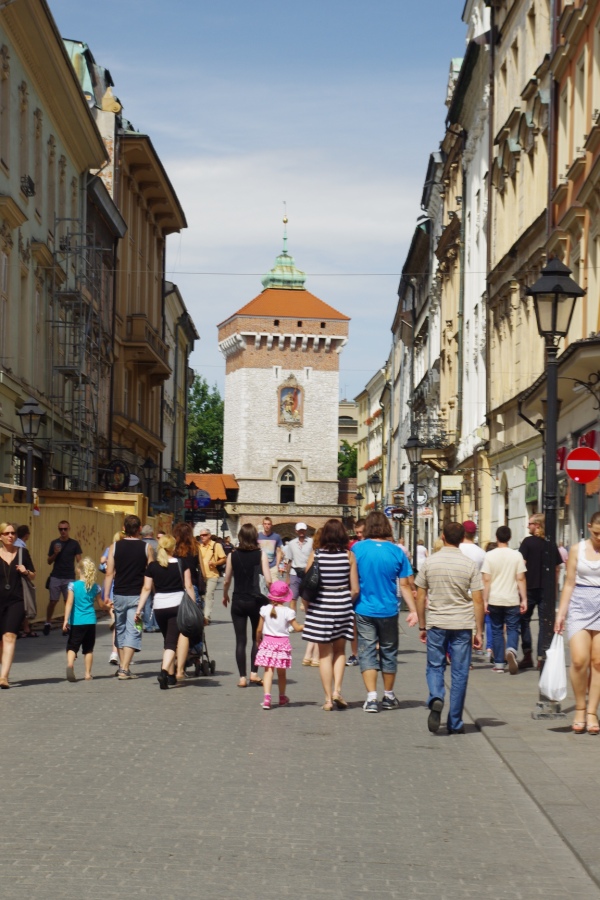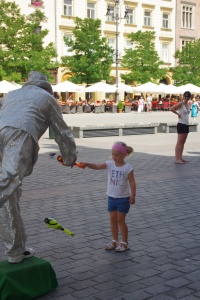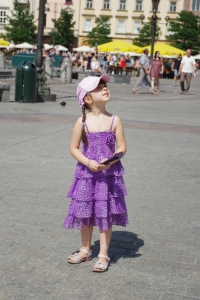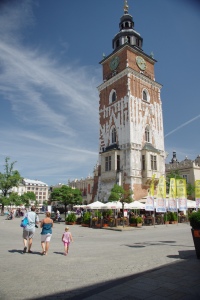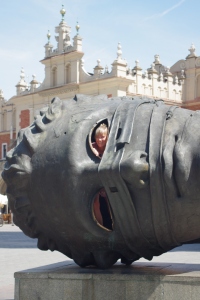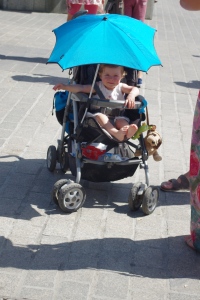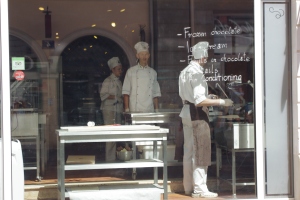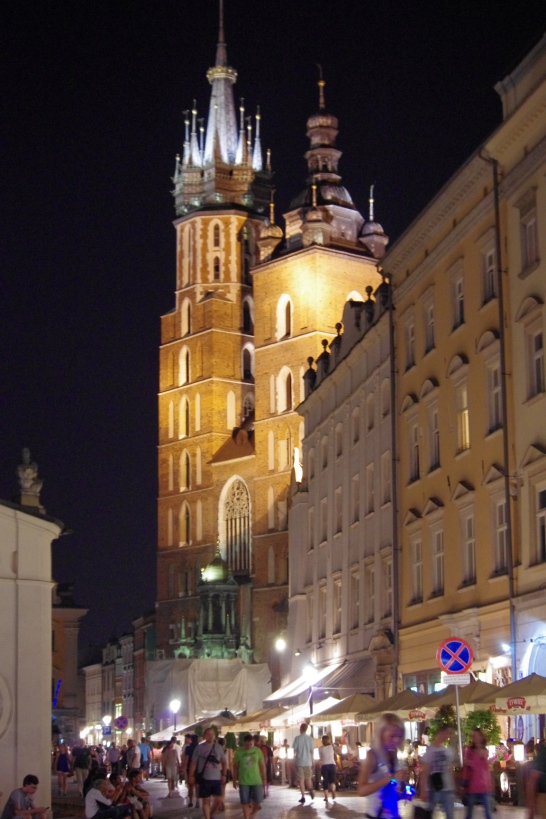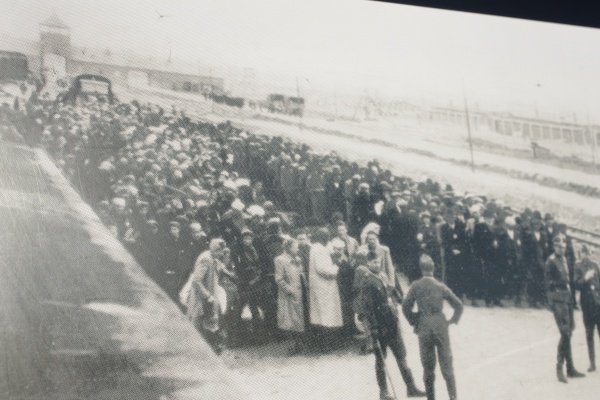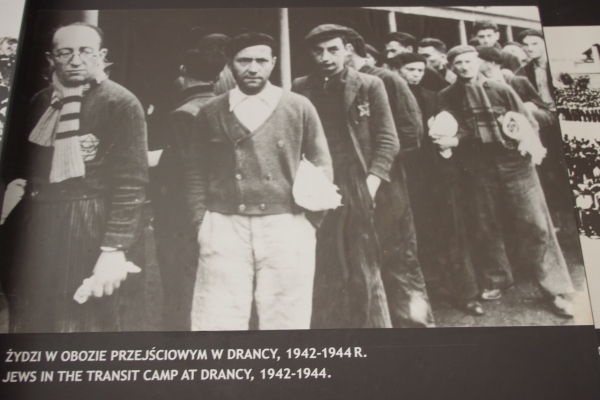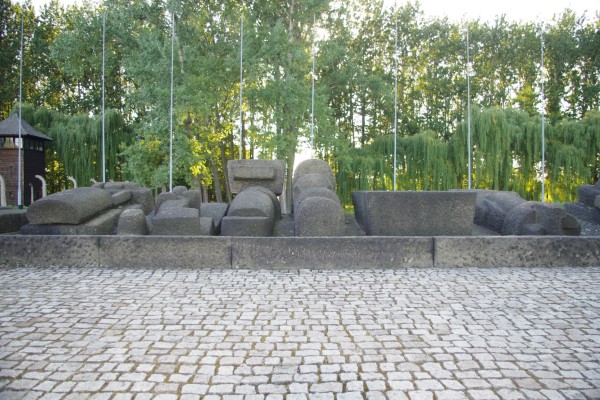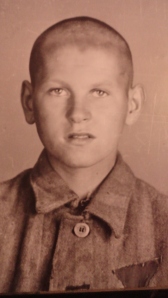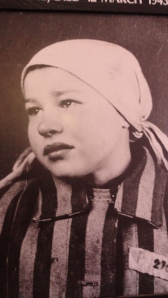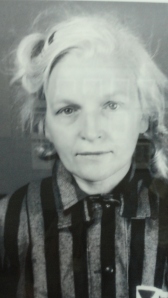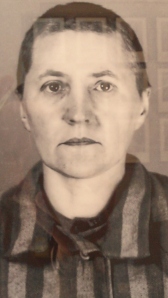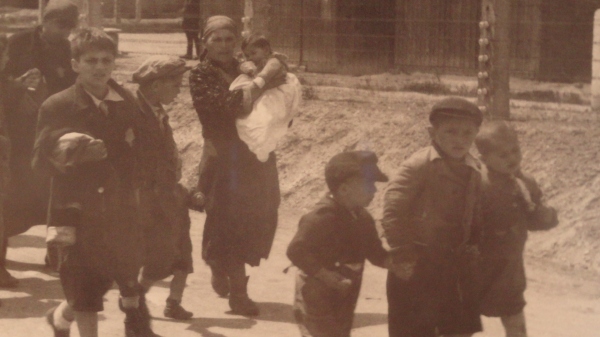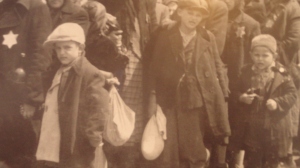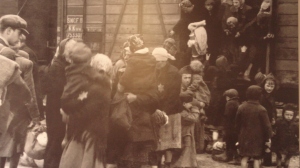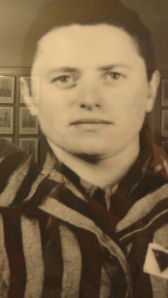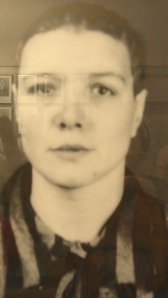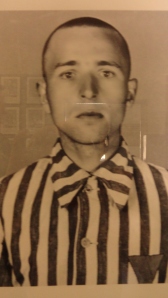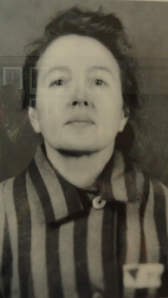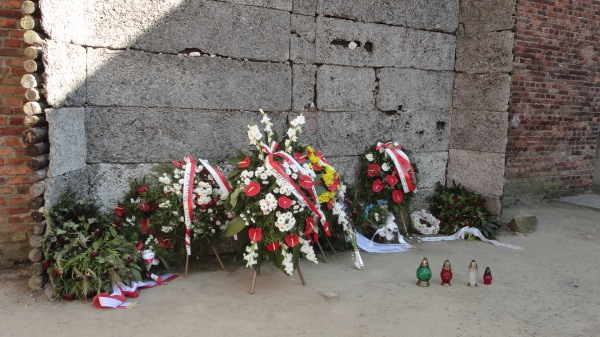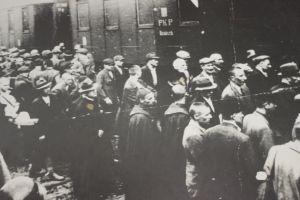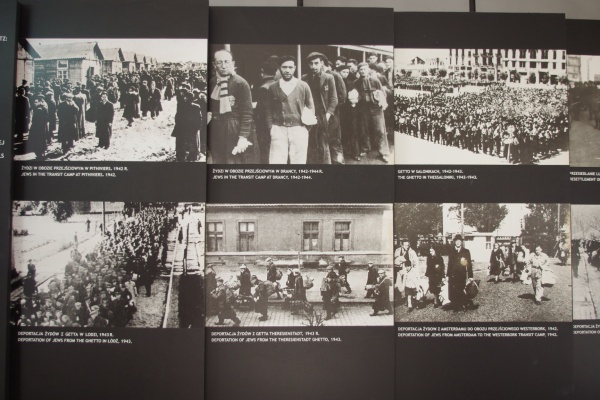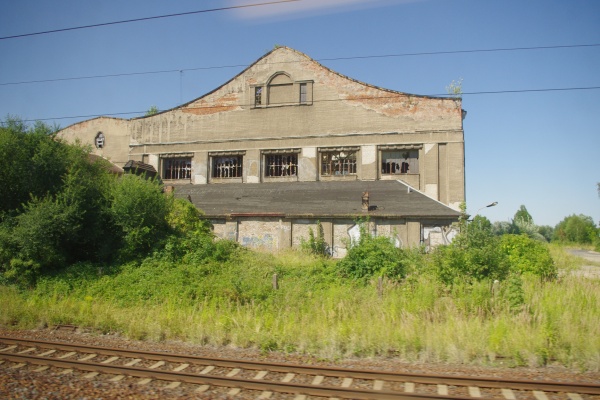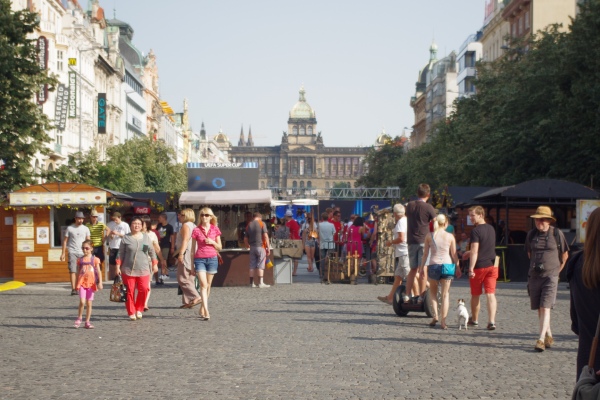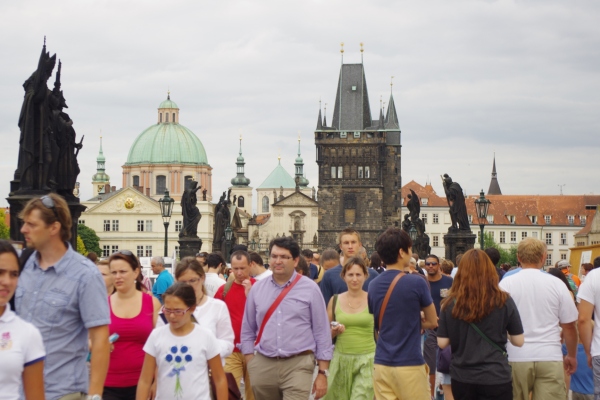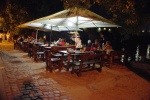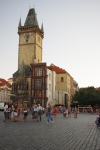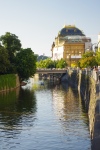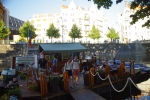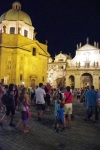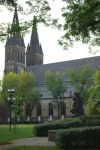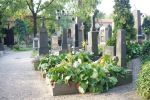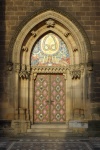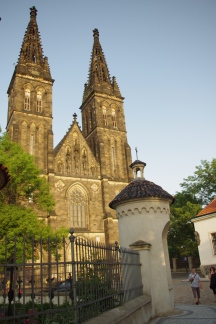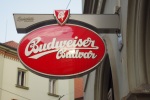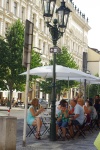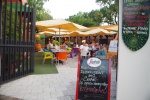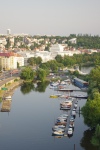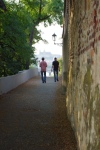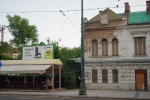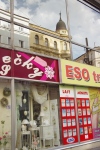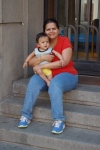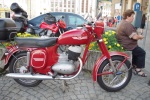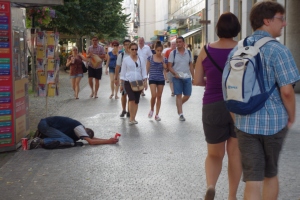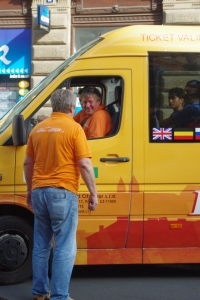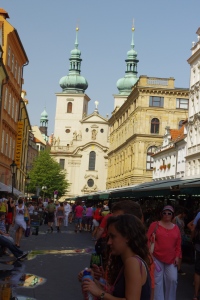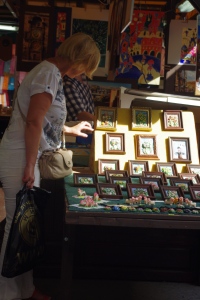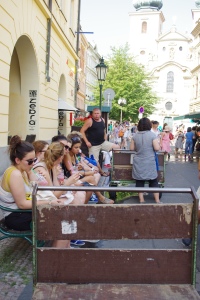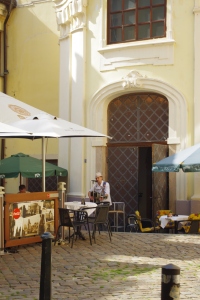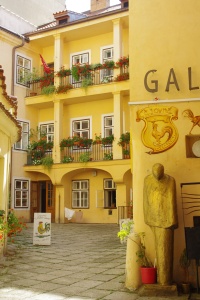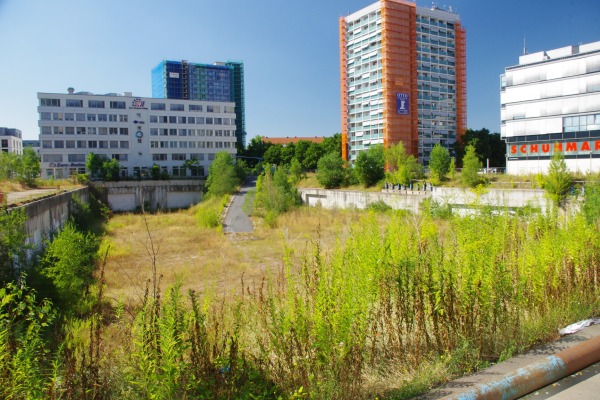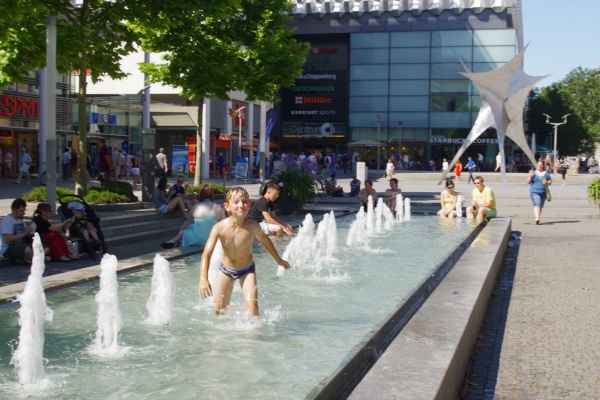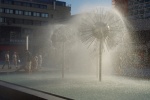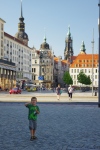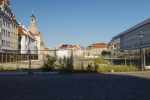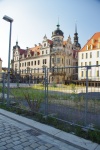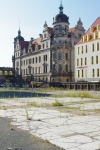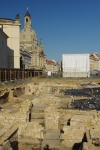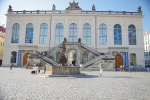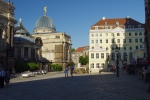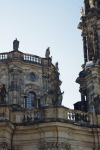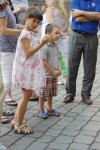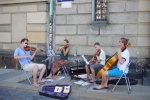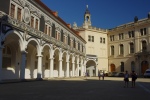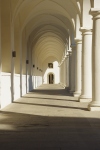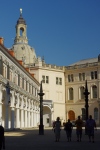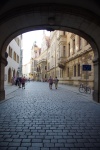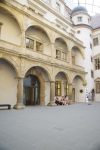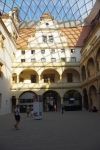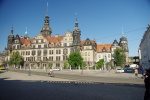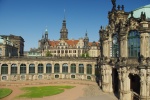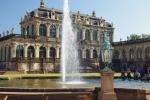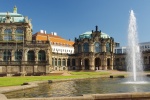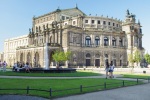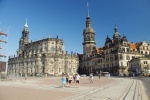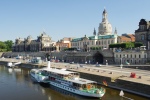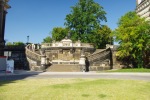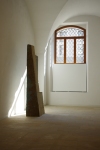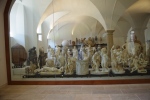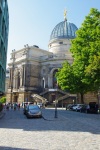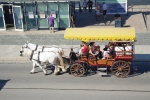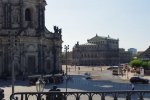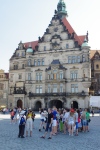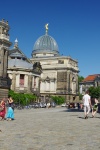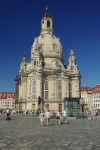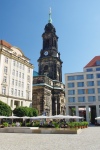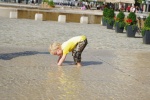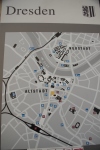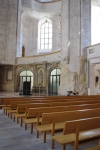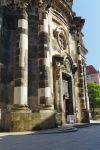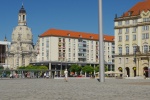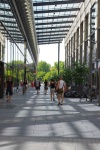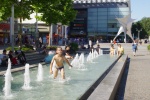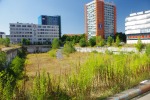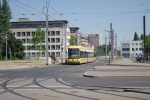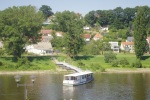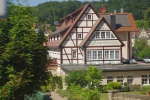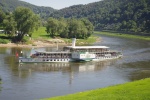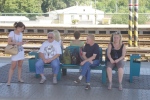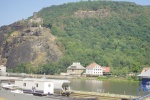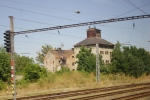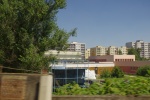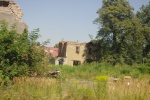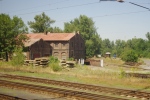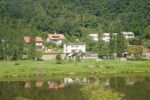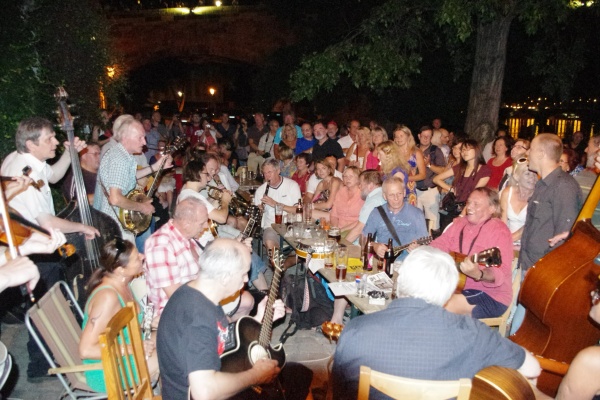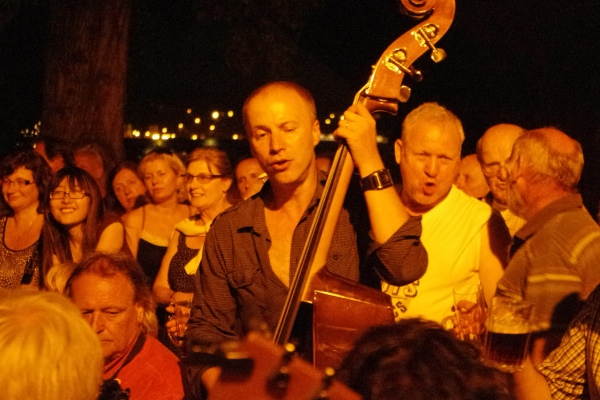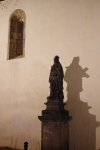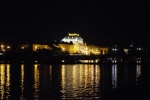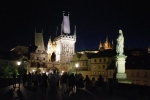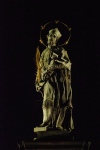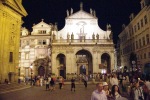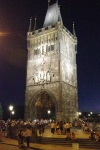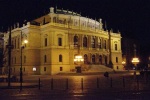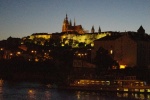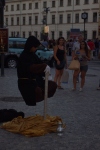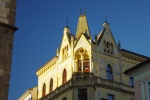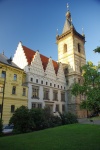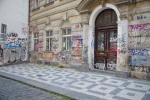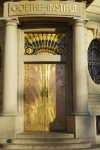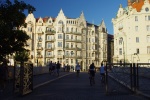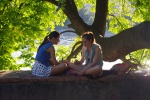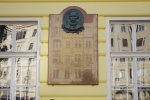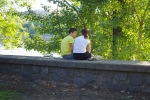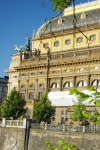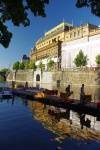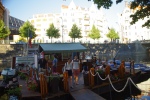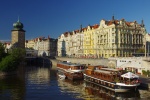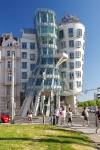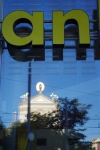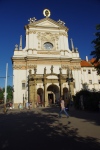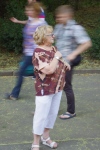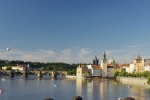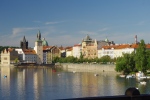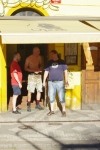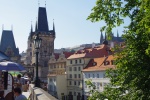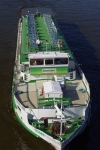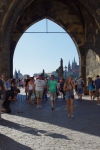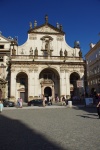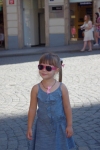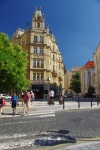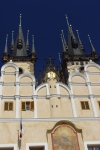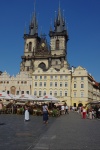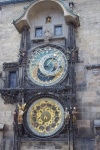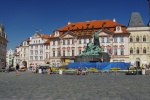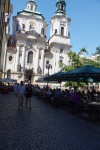Once you’re on the road, you know its coming. Every landing in a new place is a HARD landing. Soft landings…not possible without throwing a bunch of cash at it. It’s all a matter of degree though. No matter how user friendly a place, the landing amounts to a hard landing. You are unfamiliar with how, where, when, what of just about everything and at the mercy of the taxi drivers who’s life quest is to gouge you for everything you’ve got. Getting from the train or bus station to the hotel is the key. Once there you will get what information you need to get started around town. Taxi’s are generally the way, but you must negotiate the price before you get in and always divide by their number by half and begin to haggle. The problem is that some of these stations are miles I mean miles out of town! One station in Lviv was at least 45 minutes from the city center and that taxi ride, crazy money. So I bused it.
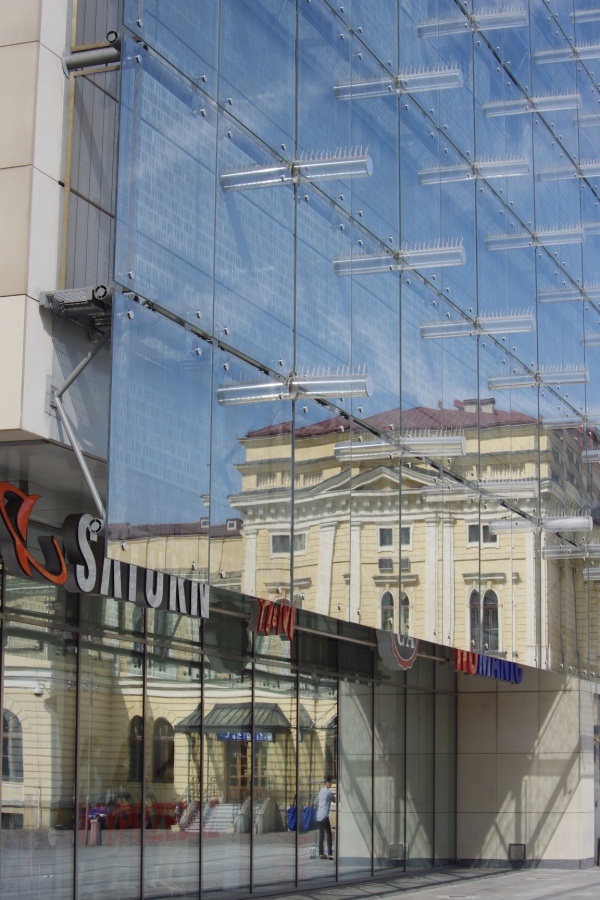
In Prague or Krakow where English and EU civilization abound it’s a more civilized experience! Yes, both Czech Republic and Poland are not only members of the EU but several of its stars with Poland leading the way! They both kept their own currency and so the prices are cheap, cheap, cheap as you’ve already heard…almost earning you money as you travel. Their transit systems look just like Western Europe with beautiful color maps of the train routes everywhere, calm announcements in overly enunciated local language, stops with huge signs that match the LCD screens overhead and the slowly spoken words over the PA. The stations and stops are kiosks with a roof and nice benches, with automated machines that take cash or cards and allow you to buy a 1 or 3 day ticket that gets you everywhere on everything. The trains are modern and usually AC’d with nice seats and clean floors. Hell you could probably enjoy a cappuccino on there for the full experience! Ahhhhhhhhhhhhhhhhhhhh!
All intercity and international trains unfortunately for the tourists are overnight trains. You can’t see the countryside! Each trek takes at least 9 or 10 hours, which is what it was from Prague to Krakow and Krakow to Lviv. The Czech and Polish trains were comfortable. Traveling 1st class is like having a 5 star hotel room in an Airstream. Little sink, make-up mirror with lights, side cabinets with water and snacks, reading lights, linen on the bed, soft cushy pillows, nice carpet, curtains, music, power chords, closets, you name it. A treat! Traveling 2nd class in Czech, I was in a sleeper “room” 8 feet cubed with a bunch of wild and crazy Hungarians from Budapest that were on a weekend junket where they left home on Thursday and went from town to town using the train as a hotel room. One day stays in each of 4 cities. They started the trip with singing, shouting, laughing, loud Hungarian music, dancing, patting me on the back, trying to grunt out a few English words, offering me huge cans of beer, yes, a rolling CU Boulder frat party! It was ok, they quieted down by 1 am and we rolled into Krakow at 6 am, my time of day and poured out on the streets. They all had hangovers as they shuffled off the train at 6 am Sunday morning. The sun low in the sky, the birds chirping, no one on the streets, the place is deserted, quiet, the morning air cool and crisp…no taxis and I have absolutely no idea where the hotel is or how to get there.
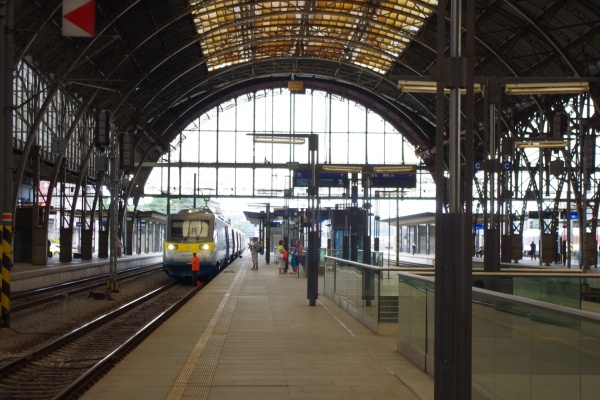
BTW, it’s been the hottest summer to date on record here. Of course the summer’s not over just yet! So we’ll see about some kind of world record and expanding Climate Change discussion by summer’s end. I’ll tell you this, it’s been hot and I know hot. I’ve sailed in Jamaica and Mexico in early summer. I lived in Boston for 6 years. Yeah, I know hot! But here? Every day, blazing sun, bright sky, and humidity like in Boston’s summer HHH. You don’t know this phrase unless you’re from that part of the world…hazy, hot and humid, but mostly without the haze. I get exactly one day out of a set of clothes; everyone’s soaked the entire day. I wondered what on earth those rags were that everyone carried around with them. I’ve now got one, a sweat rag, mine’s my reconstituted wash cloth! Never leave home without it!
I arrived on the 1st Class overnight train from Krakow into Lviv, again at my favorite time of day, 6 am. Feeling pretty special after my Airstream train experience rolling across hundreds of miles of ancient countryside, none of which I could see! Another hard landing in a strange place, except this time it’s into the real Eastern Europe. No one speaks English or is interested in the slightest in helping, the ticket booth folks wave you away when you say “Do you speak English?” After that treatment at 3 windows, trying to find my way out of a cacophony of seething activity everywhere I hear English behind me, “real helpful aren’t they?”. Ah, a friend! So Liz and I made it to the bus, fumbled around to find the bus stop, the right bus, the right stop, how to pay, how much to pay, where was the city center and waited and waited and waited in the hot summer morning sun.
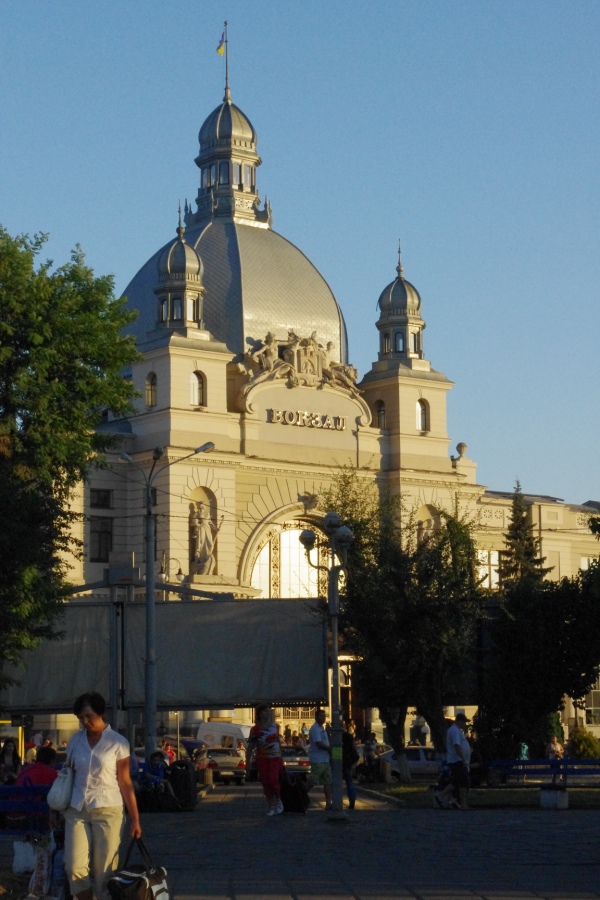
The transit system in places like Lviv and other back water towns is sketchy at best. At absolute best! The buses and trams date from well into the Soviet era if not post WWII! The buses are hot, dirty and packed, blowing blue smoke out their tailpipes. There are no maps or signs or kiosks or bus/tram stops or indicators of any kind. Oh yes, remember? No one speaks English! There are no signs as to the direction its going, no indication of where to pay or how much. The buses are packed like sardines. 5 buses packed solid to the edges of the sardine tin went by before I finally found a taxi to get me to the hostel.
Travel in Eastern Europe amounts to “Industrial Grade Traveling”. It’s not for those wanting a relaxing vacation. It’s always a crap shoot what’s coming next. What will happen around the next bend? No matter how well you plan and try, there’s always the zinger. It’s coming! You just don’t know when or how hard it will zing you when it hits. I’m 2/3 through my trip. I had several minor zingers when I landed. My flip phone that takes the SIM card was missing from my luggage on arrival. I left my itinerary for my plane flights on my dining room table after putting it out where I wouldn’t forget it. Minor…easy stuff.
The key is to have redundancy in place. As many redundancies as you can carry along. Whatever that is, gear or logistics. My one zinger, I’ll call it that expecting the obvious…my access to my cash at home, my ATM card, was gone. Gone. Damn! Gone! Not in my money belt. Gone! I’d extracted a bunch of cash to pay the hotel in Kherson, the next day the card was gone! HA! Redundancy! Well almost the Easy Button. I have Skype, so closed the access with that card and had a second card to another account. Of course there are things that will take you out, so that’s intense incentive to keep your shit wired tight and triple check everything.
From Lviv to Kherson on the Black Sea coast, is about 400 miles through rugged and old countryside. Just to the east of Poland, Slovakia, Romania and Moldova this part of old Russia/USSR has been forgotten by time and investment. As soon as I got to Lviv, I went back to the train station to book a train to Kherson. No seats are available. Nothing, all weekend and into next week. Crazy as it sounds, you can only book a train for one leg of the trip. No Euro Pass here! In Czech only to Krakow no further. In Krakow, to Lviv, no further. So you must book on the spot for one leg of the trip to the next. So the bus is the next option…400 miles of rugged terrain through the summer heat. Hum.
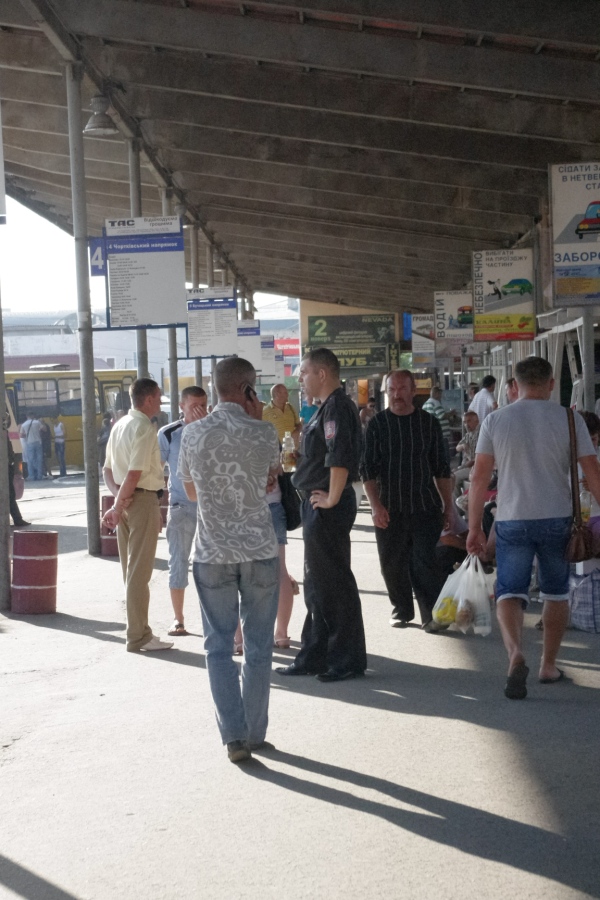
I get to the bus station which is miles out of town again, on a local city bus. No one speaks English; the place was certainly built by the Soviets as a bus depot with a huge concrete structure not painted for decades, black concrete floors inside from all the foot traffic. When people talk to you in Russian and realize you don’t speak the language, they talk louder and louder and louder with an edge to their voice as if the volume was the issue. So this teller is yelling at me through this dirty glass window, veins popping along her temple, its 100 degrees in there, sweat pouring down my face. Finally I get a ticket to Kherson, 400 miles $70! I ask for a window seat. Yes, a window seat. I go back a little later on, to double check, a window seat. “Is this a window seat?” Da, DA in very loud Russian, a window seat. I exit back to my hostel in Lviv.
The early morning before I’m to leave for Kherson on this 400 mile bus ride through back water Eastern European countryside, my stomach starts acting like it’s got that alien from the movie “The Alien” inside me. In Jamaica they call it the “Jamaican Jump” for obvious reasons. Whatever you call it, I got it and I got it good! I’ve got the chills even though it’s 90 degrees in my room. I’ve got the shivers, quakes, shakes, headache, and can barely get out of bed. So my day is suddenly laser focused on getting to the bus station for the 3 pm bus that arrives in Kherson clear across the lower 1/3 of the country at 7 the next morning in hot, cramped, buses whose windows are sealed. Um hum…you got it, you did the math right, 16 hour bus ride over sometimes dirt roads! And me with the Jamaican Jump!
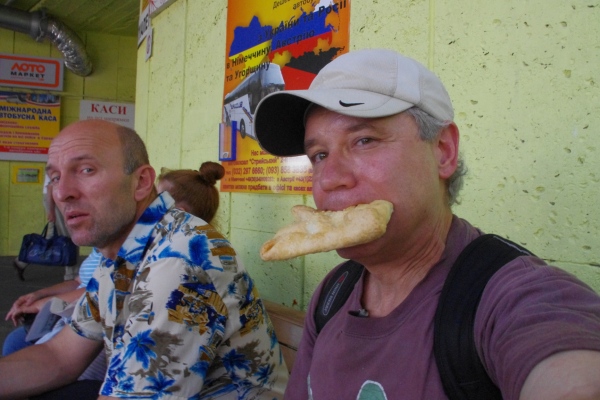
After a taxi ride to the local bus stop I catch the city bus to the station getting there without any surprises. At the station, its 100 degrees, I’m delirious, dizzy, my sweat rag soaked, chills, flushed, keeping a keen eye on the WC, the water closet, which requires me and all my stuff go along through the narrow doors and steps. I’m trying to sleep sitting on the outside bench my head on my luggage, cigarette smoke everywhere (everyone, I mean everyone smokes), people pushing onto the bench, blaring music, the place spinning. I’m in and out of sleep as I don’t want to miss this bus. I move to a column right next to the platform where the bus will arrive so as to not miss it, sitting on the ground, my legs on my luggage, delirious.
I’m hoping its food poisoning, please let it be food poisoning and not some trip ending plague I’ve ingested. Please! Have you ever wished for the short term joy of food poisoning? Well here I am on the ground of this concrete USSR bus bunker, cigarette smoke wafting over me, as I start singing to myself Bruce Springsteen’s “Livin’ on the Baaaaaaaack Streets” with the words, “Yes food poiiiiiiii-soning, oh food poiiiiiiiiiii-soning” Yes, food poiiiiiiiii-soning, please food poiiiiii-soning” Then Clarence blasts that sax in his inimitable wail…Blahhhhhhhhhhhh, ba ba ba ba ba ba Blahhhhhhhhhhhh. Baaaaaaaa ba ba ba ba baaaaaaaaaaaaaaaa! “Yes food poisoning, please food poisoning” Oh food poisoning, food poisoning” I was early for once so after 2 hours of this, the bus finally shows up. I’m a delirious mess. The Greyhound looking bus has the sealed windows you’d expect, but of course no AC, so its 120 degrees inside this completely full tin can. My seat…an aisle seat of course, no window. It’s time to board. I begin to get up from my spot on the ground next to the open door of the bus and pause, still hearing Clarence’s sax blaring, steadying myself on the column I’ve been leaning against. I see this vision of me staring straight into the gaping maws of the deepest reaches of Dante’s fiery Hell.
